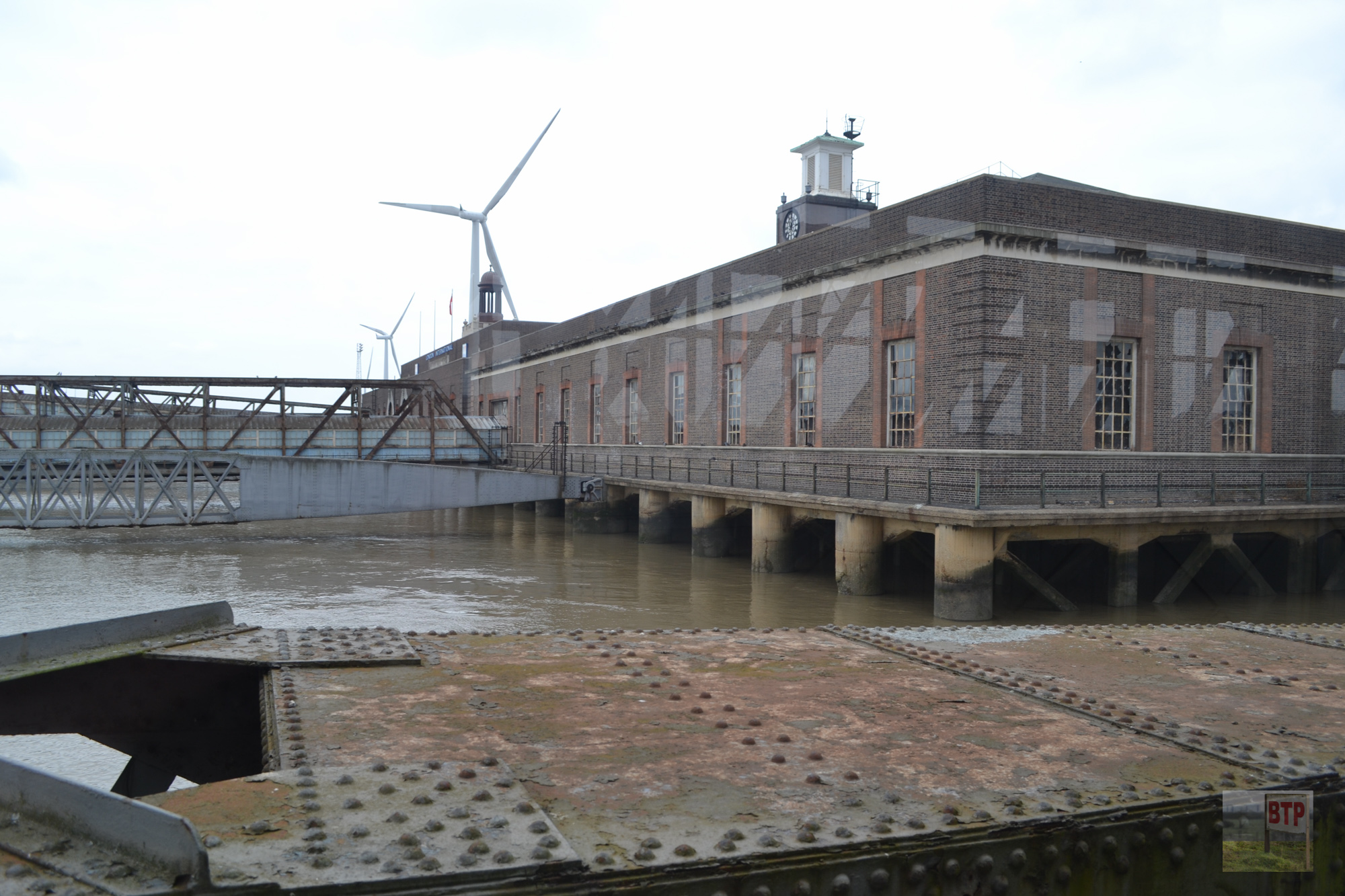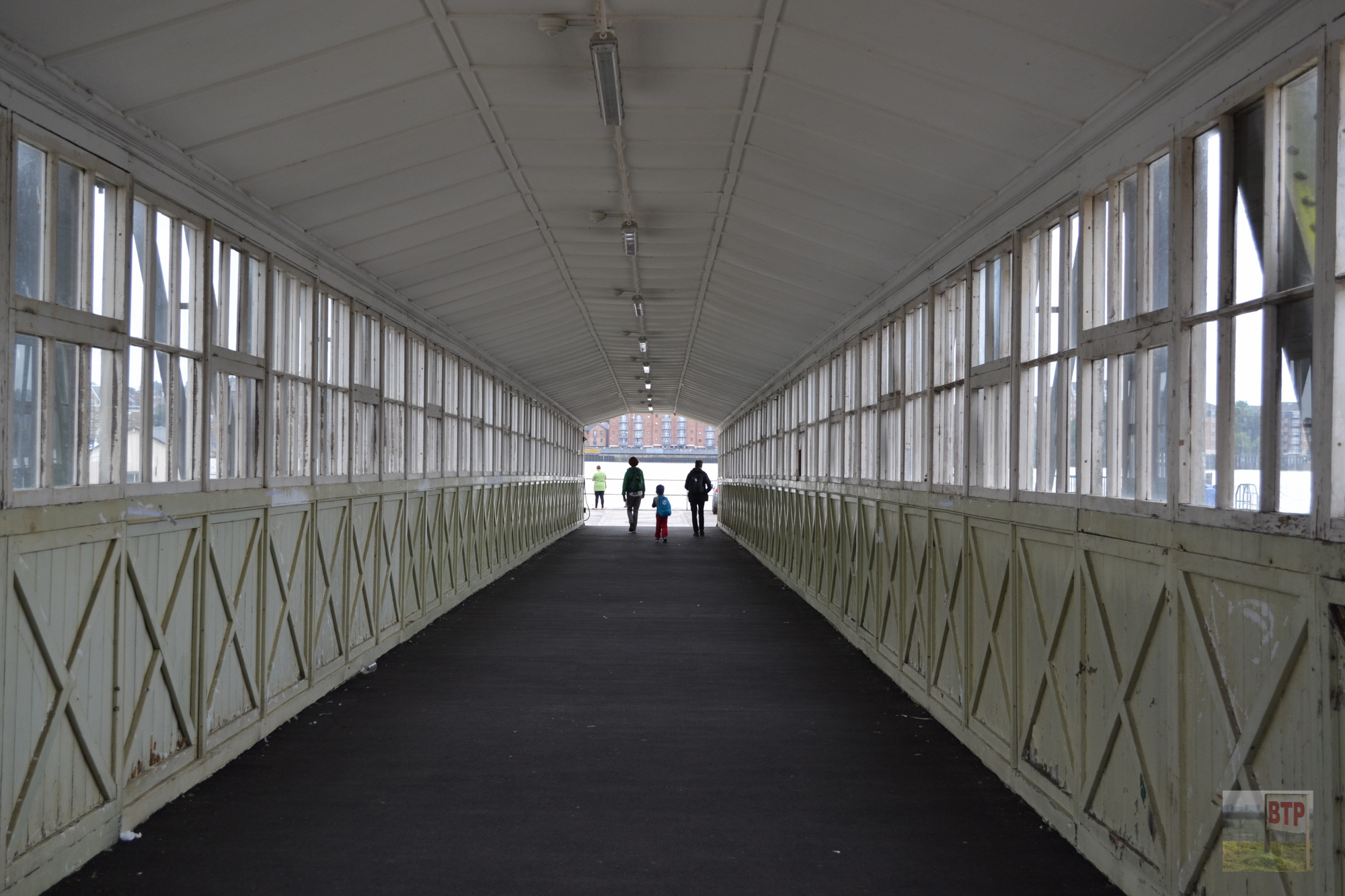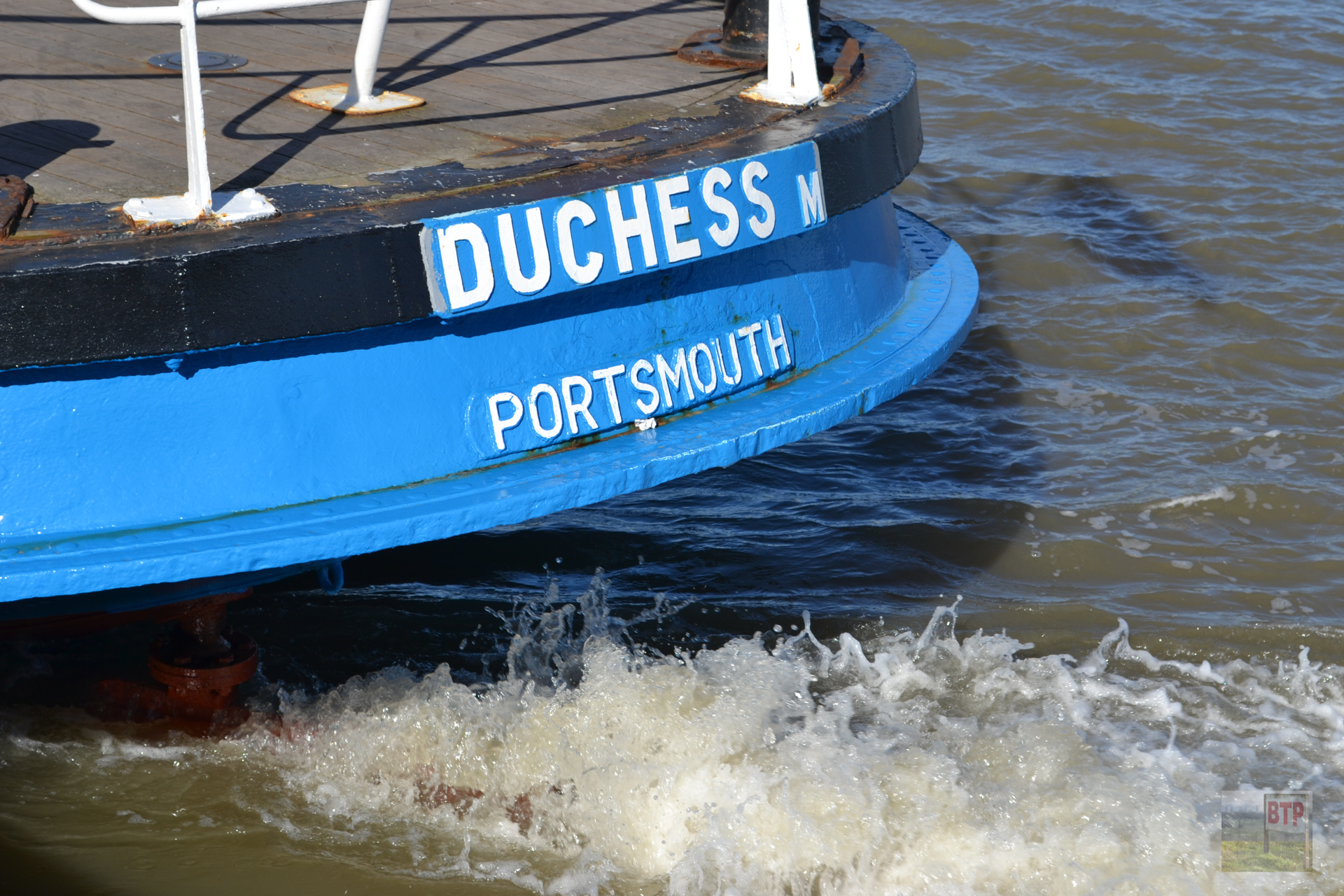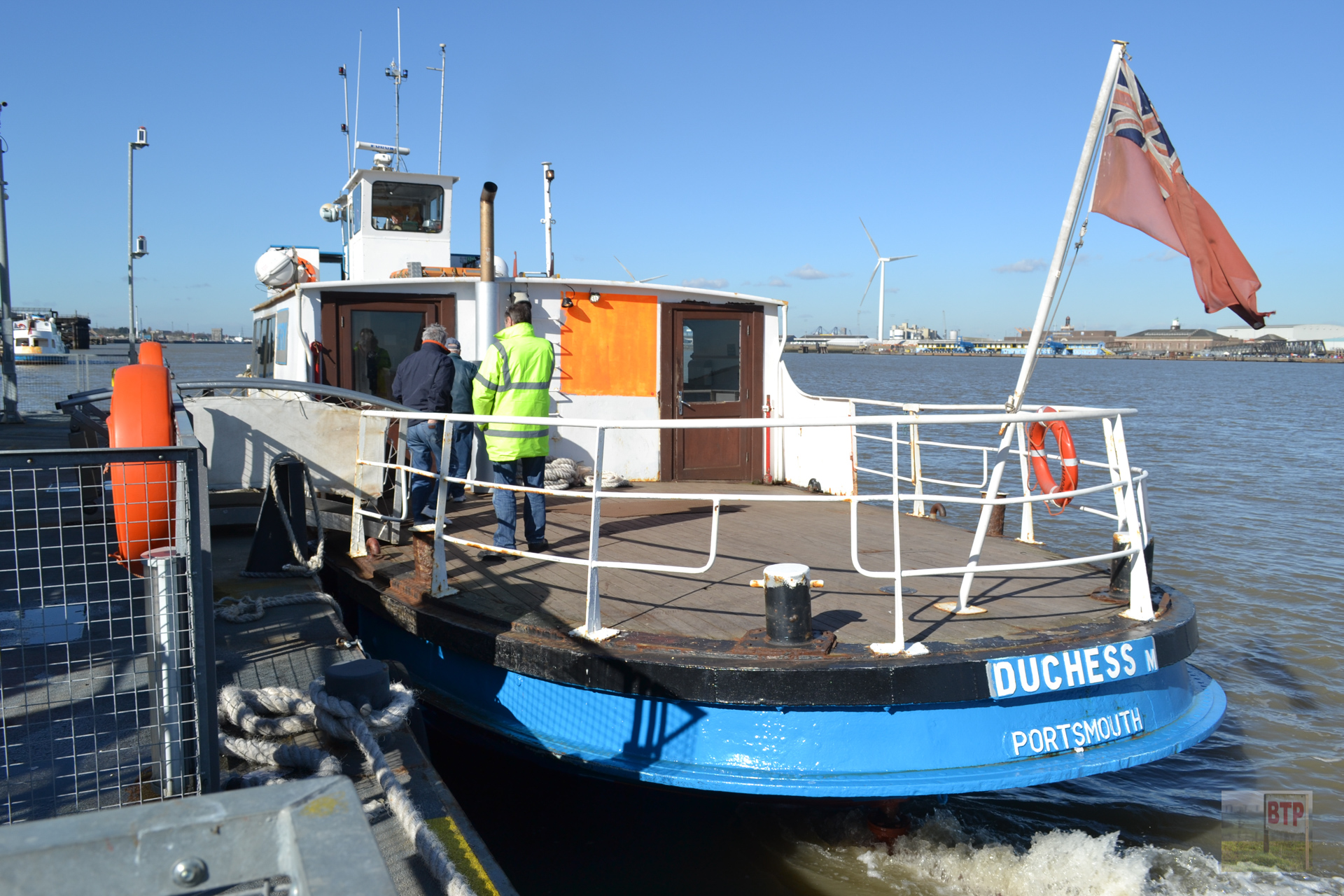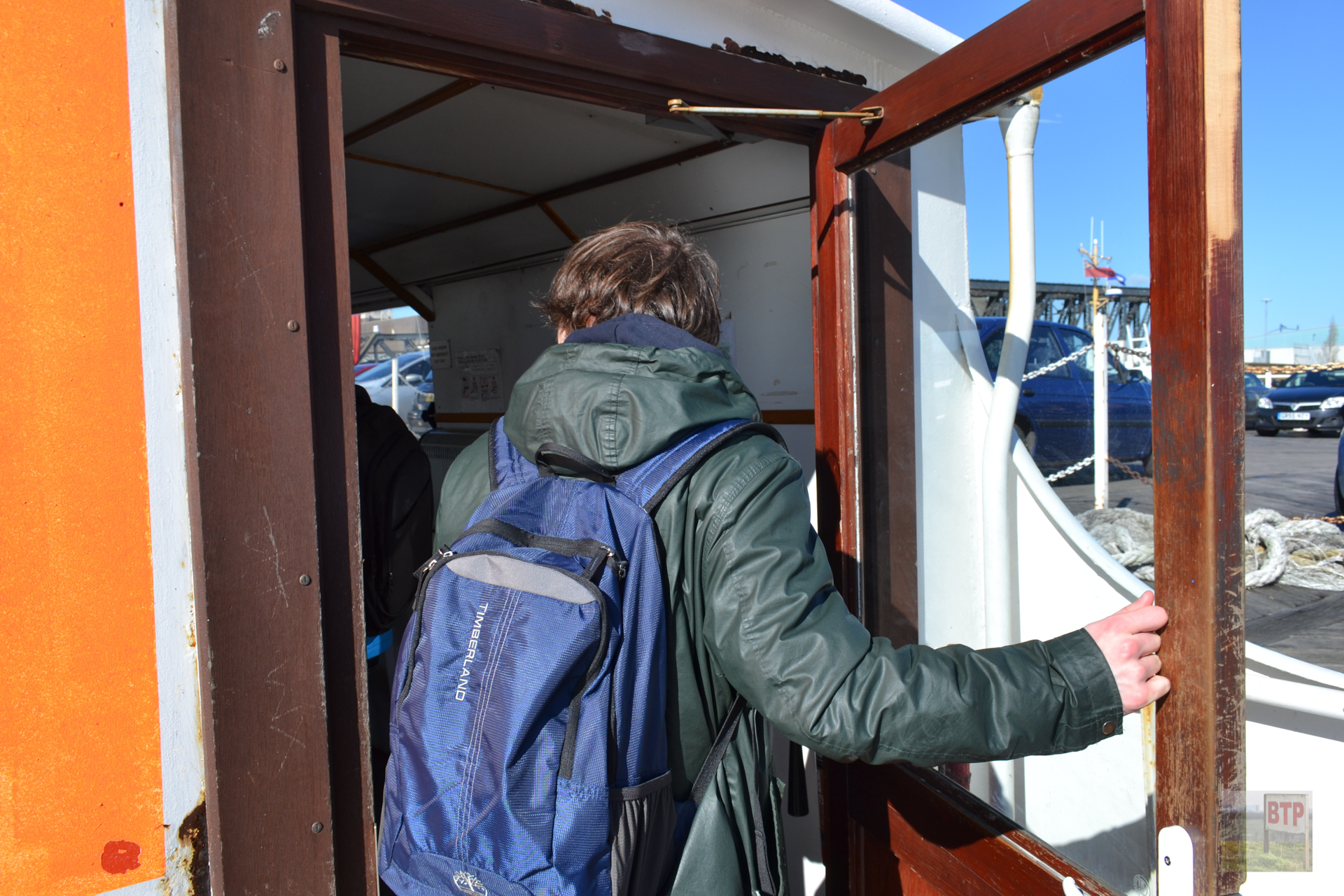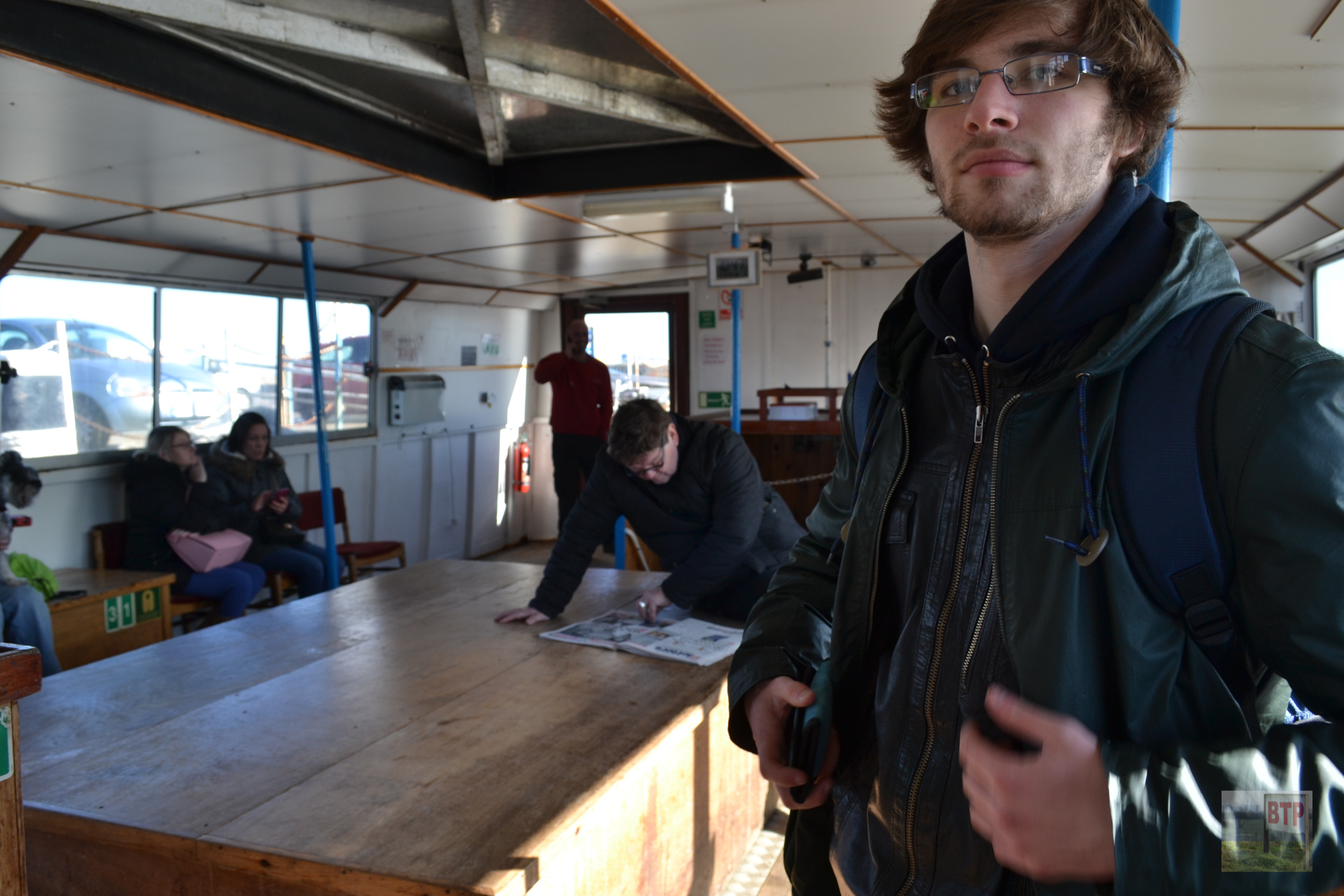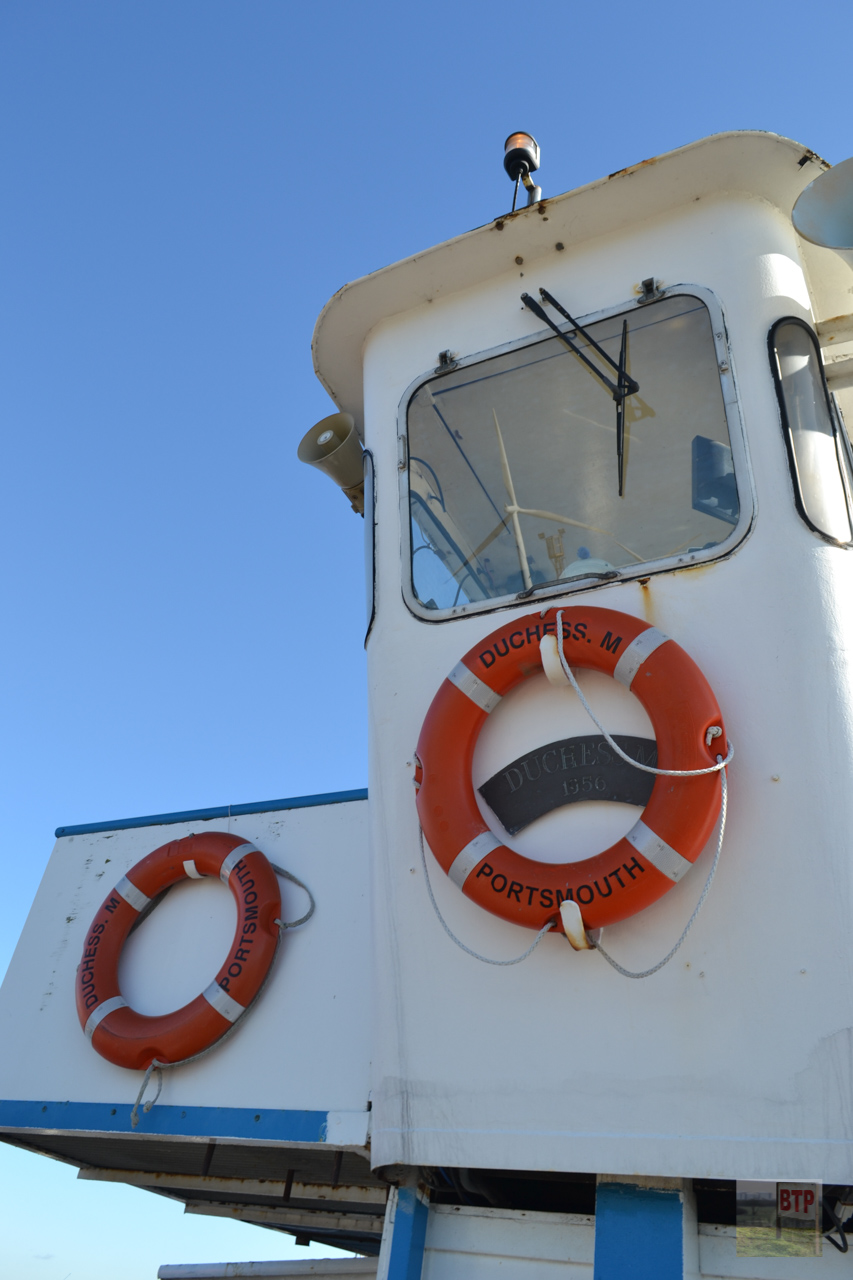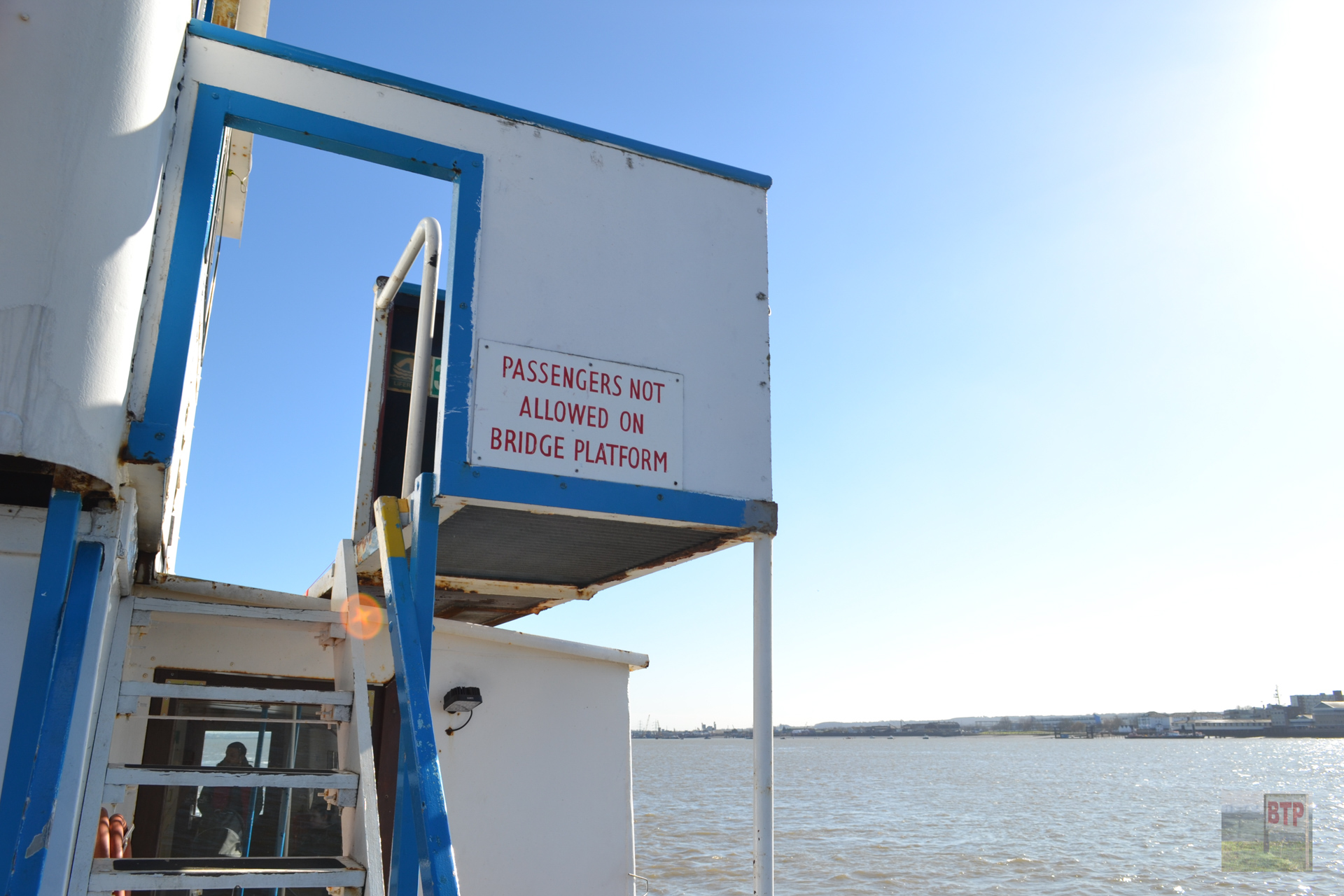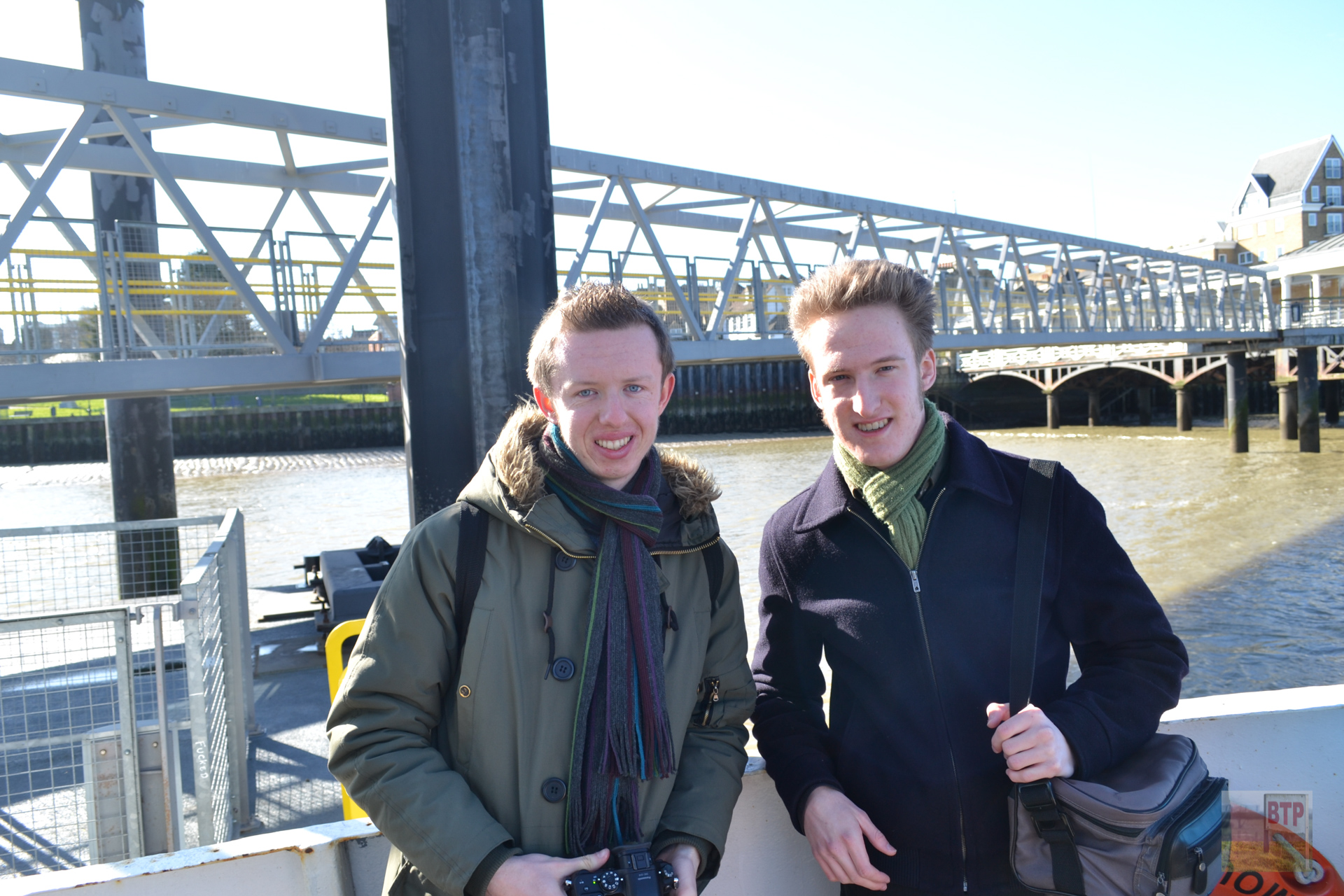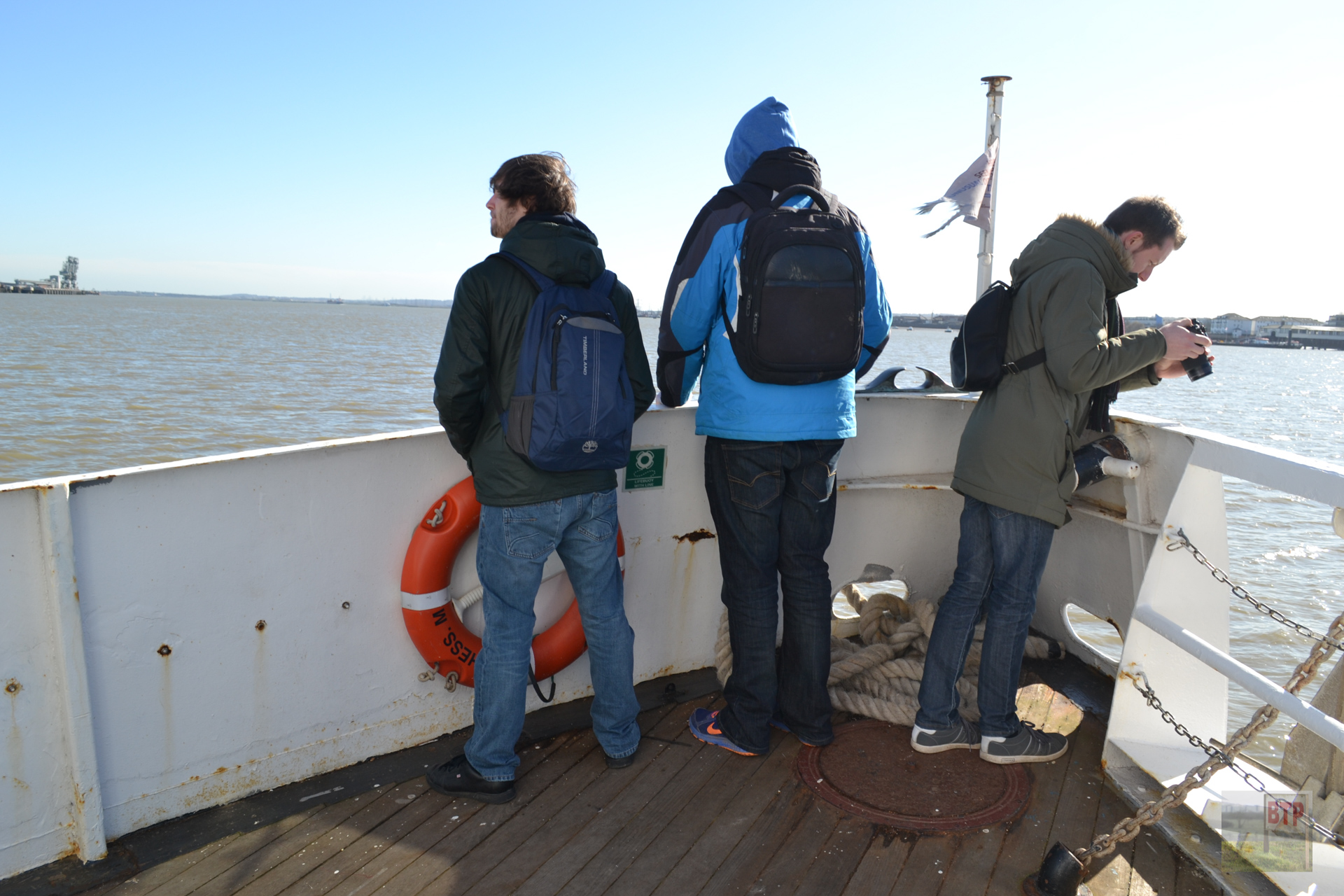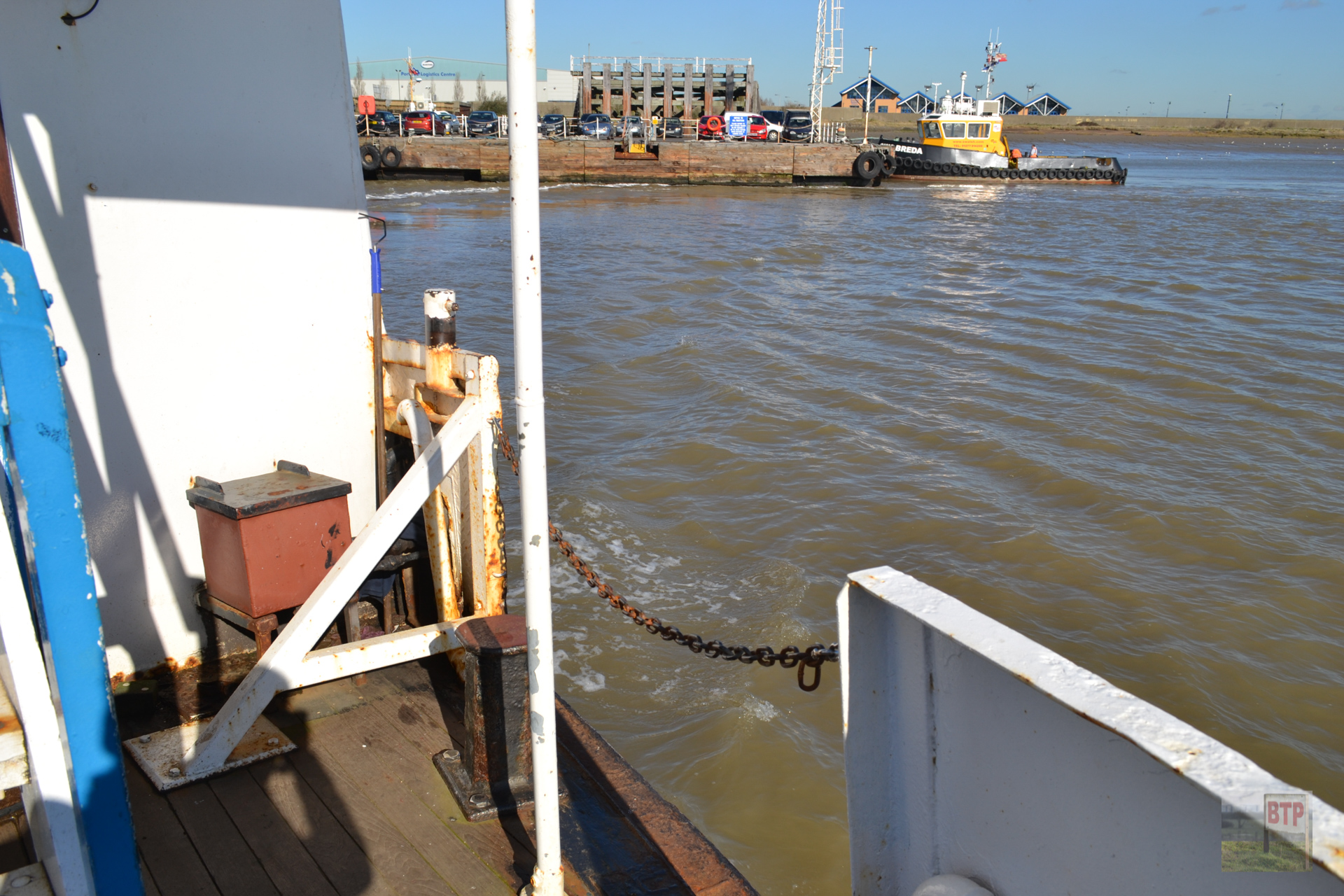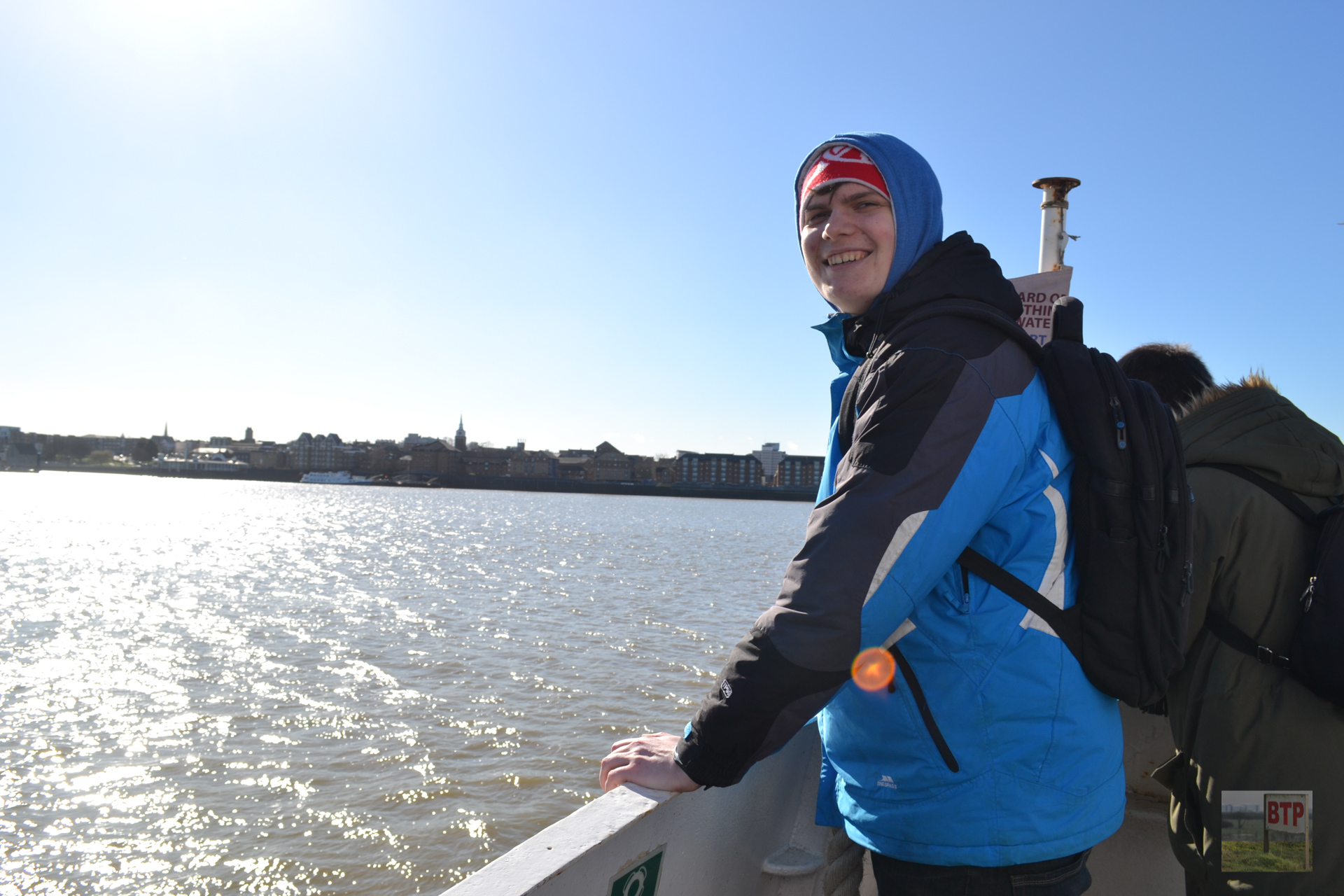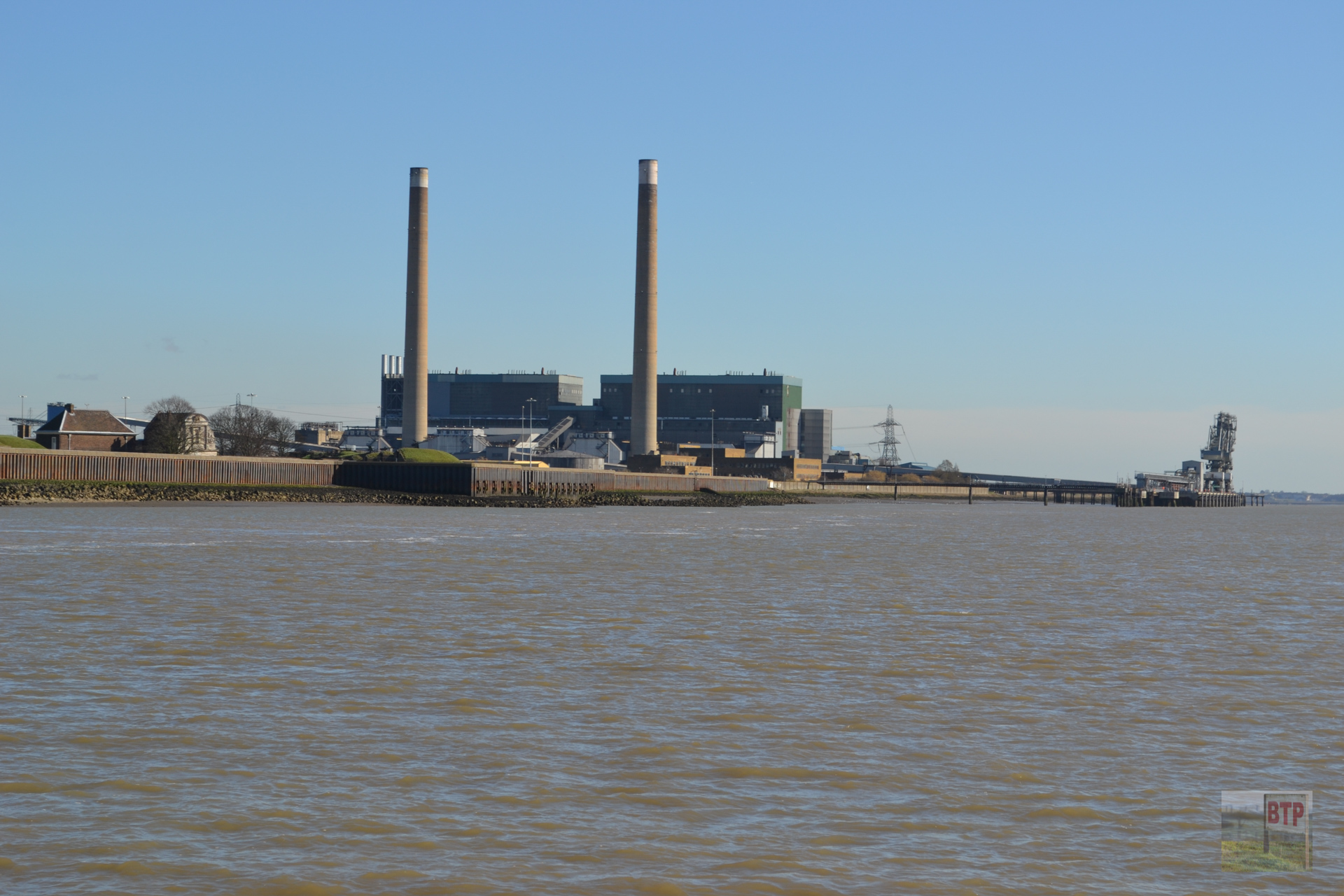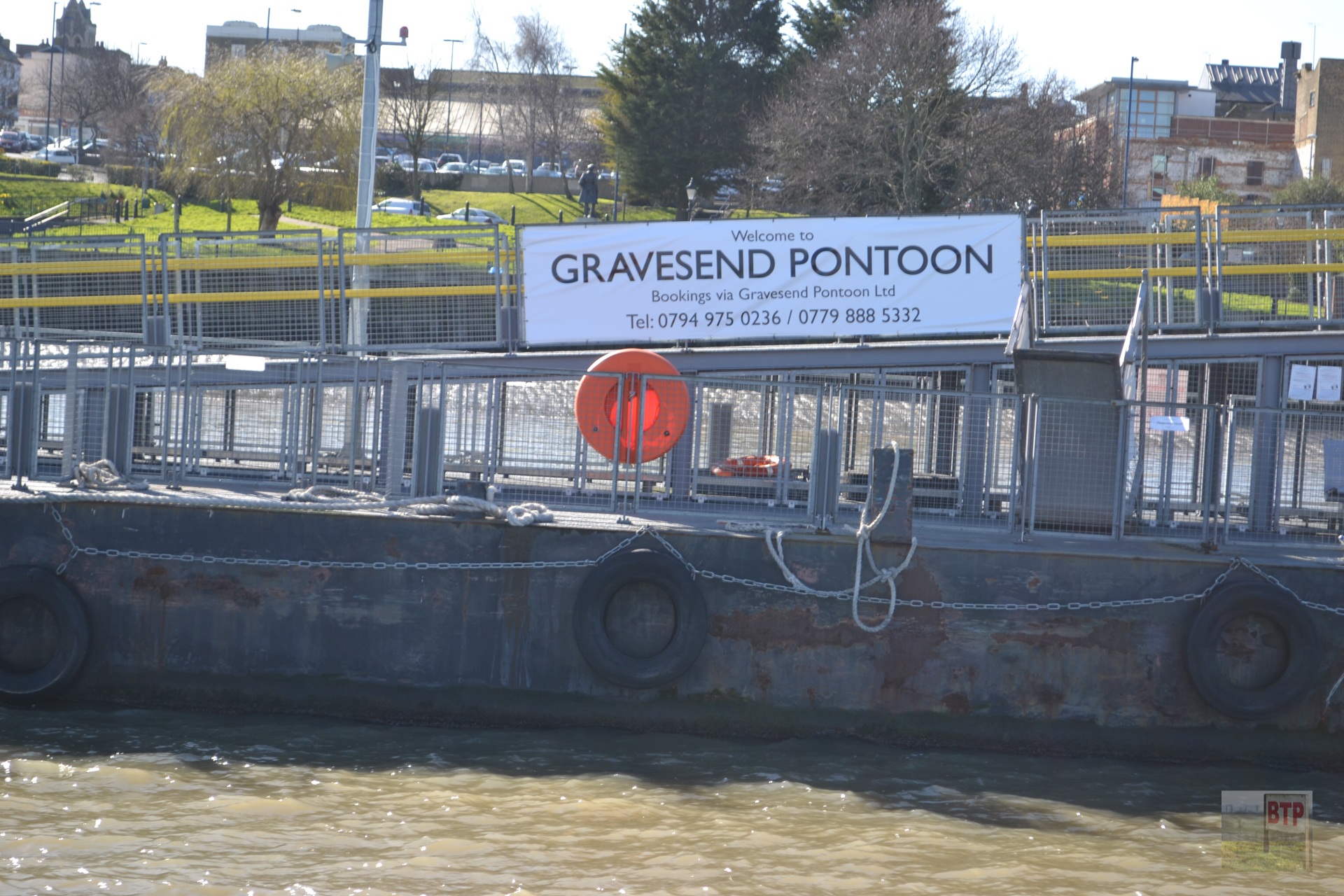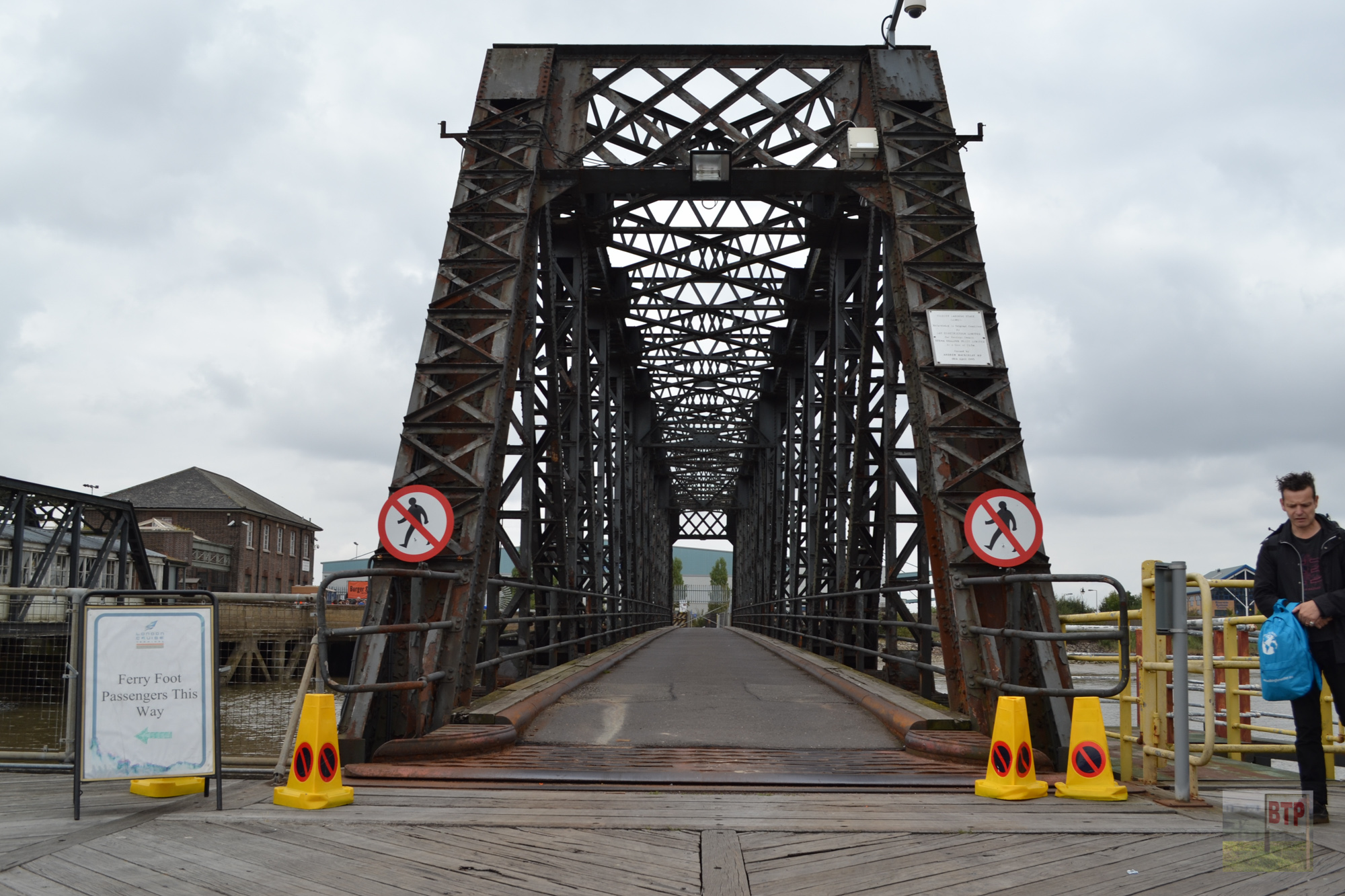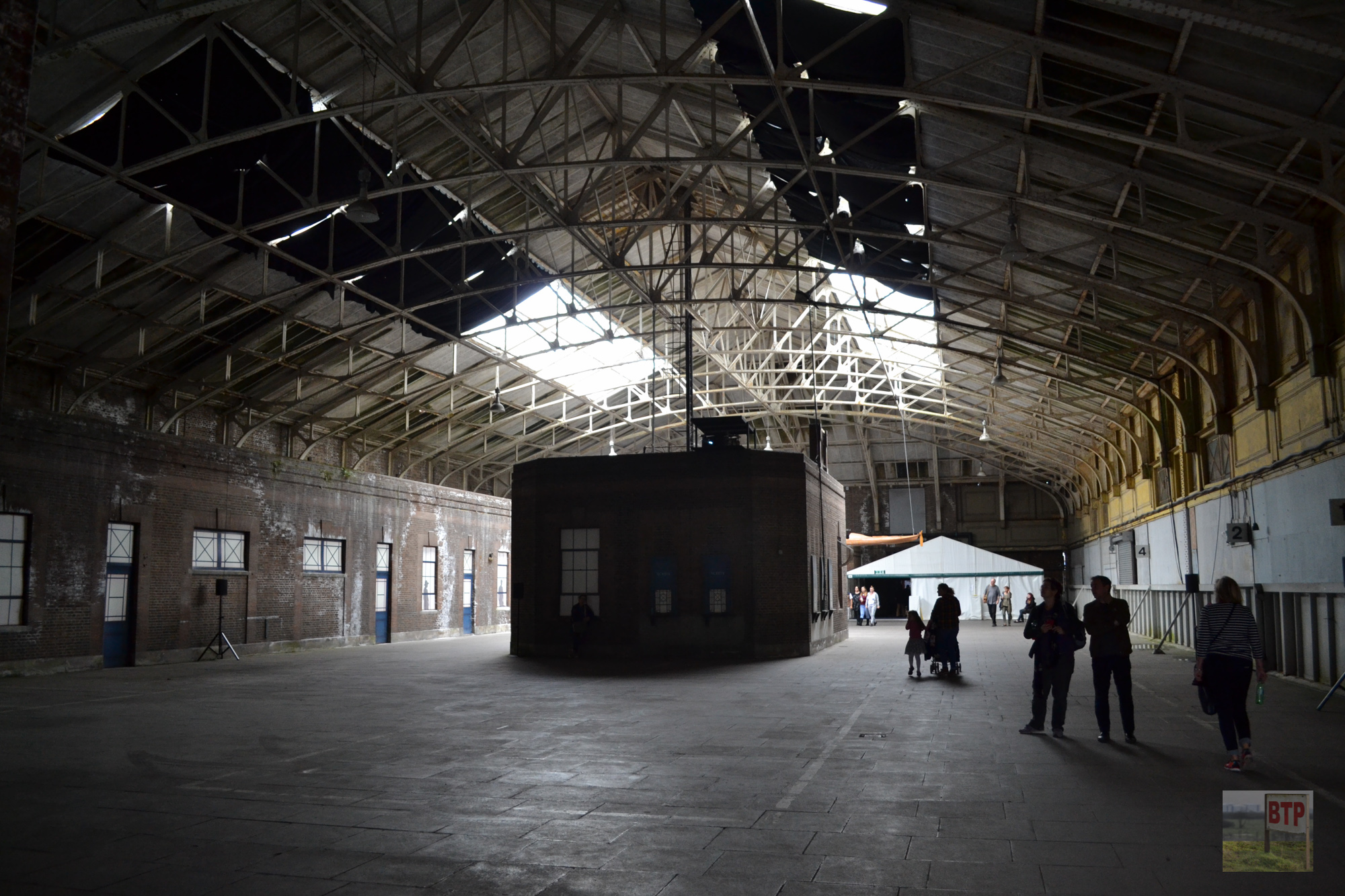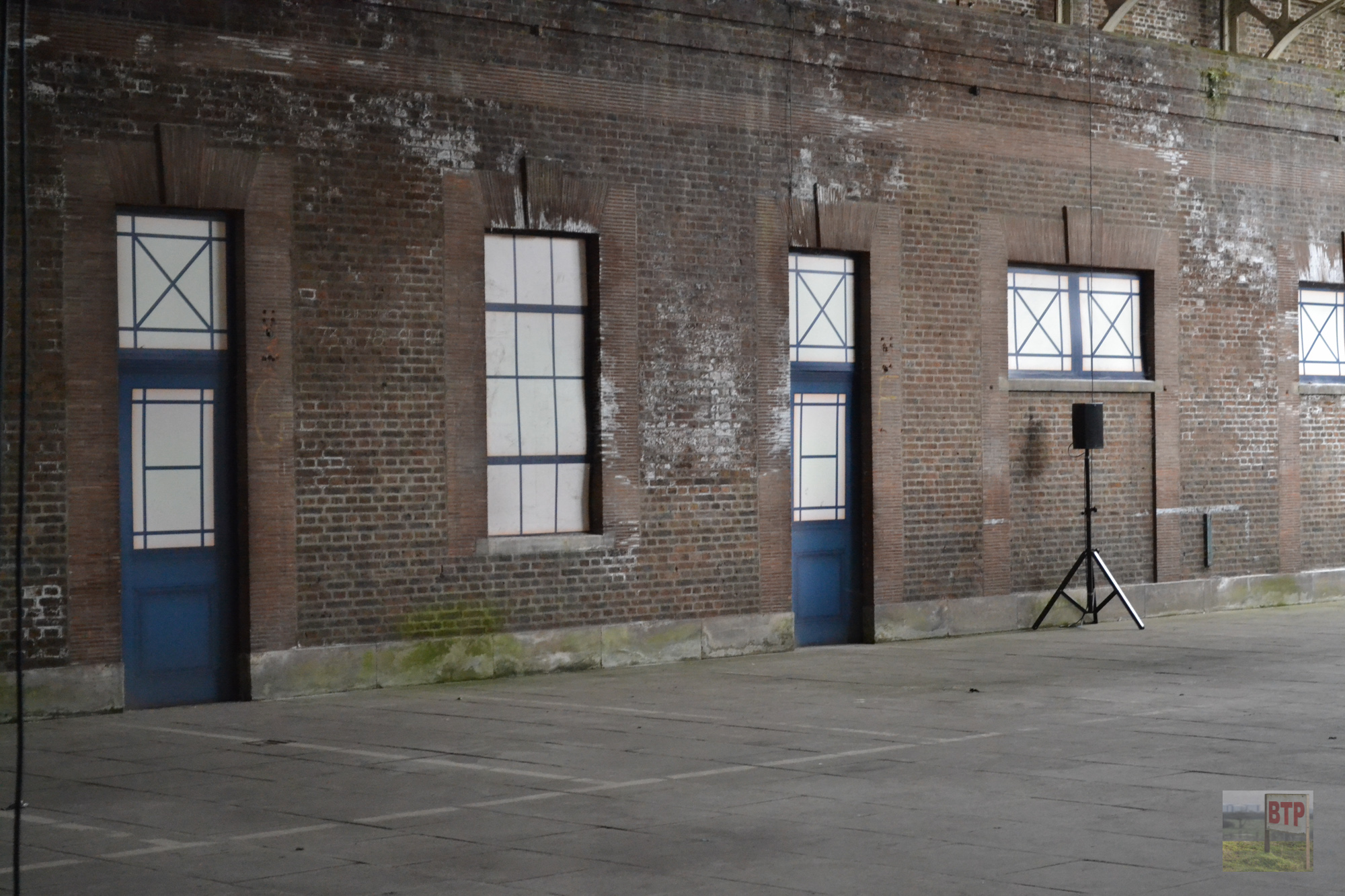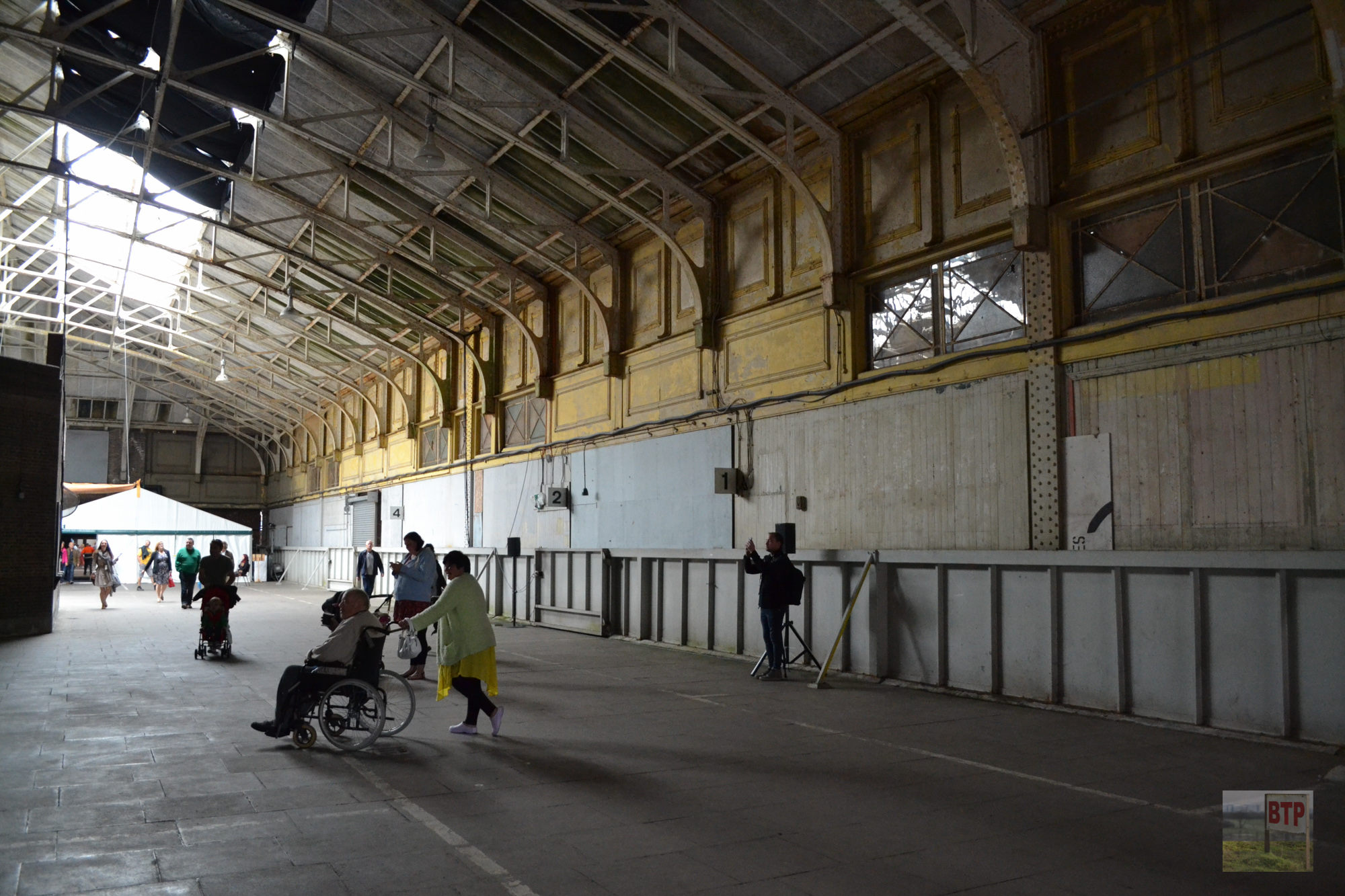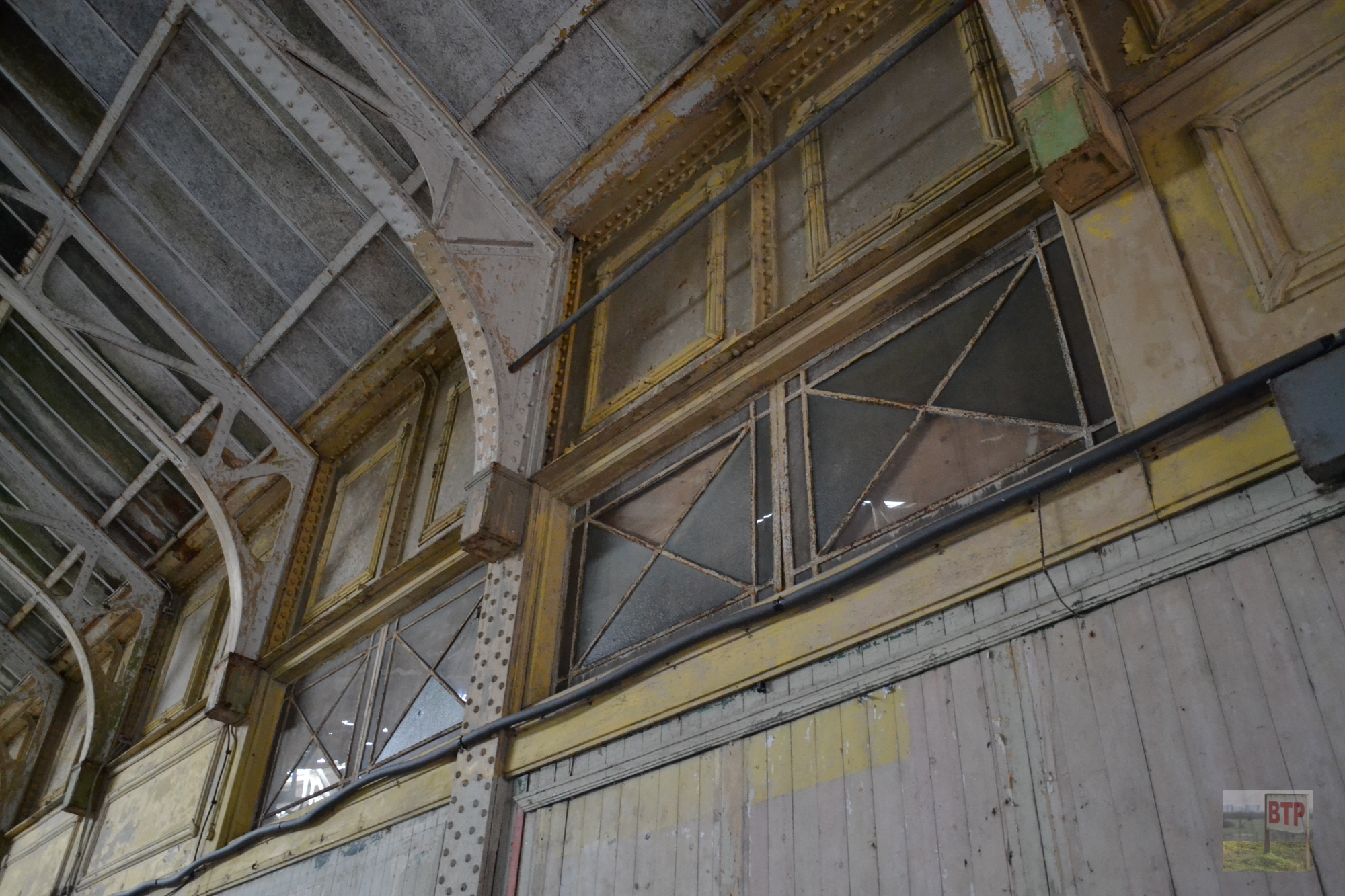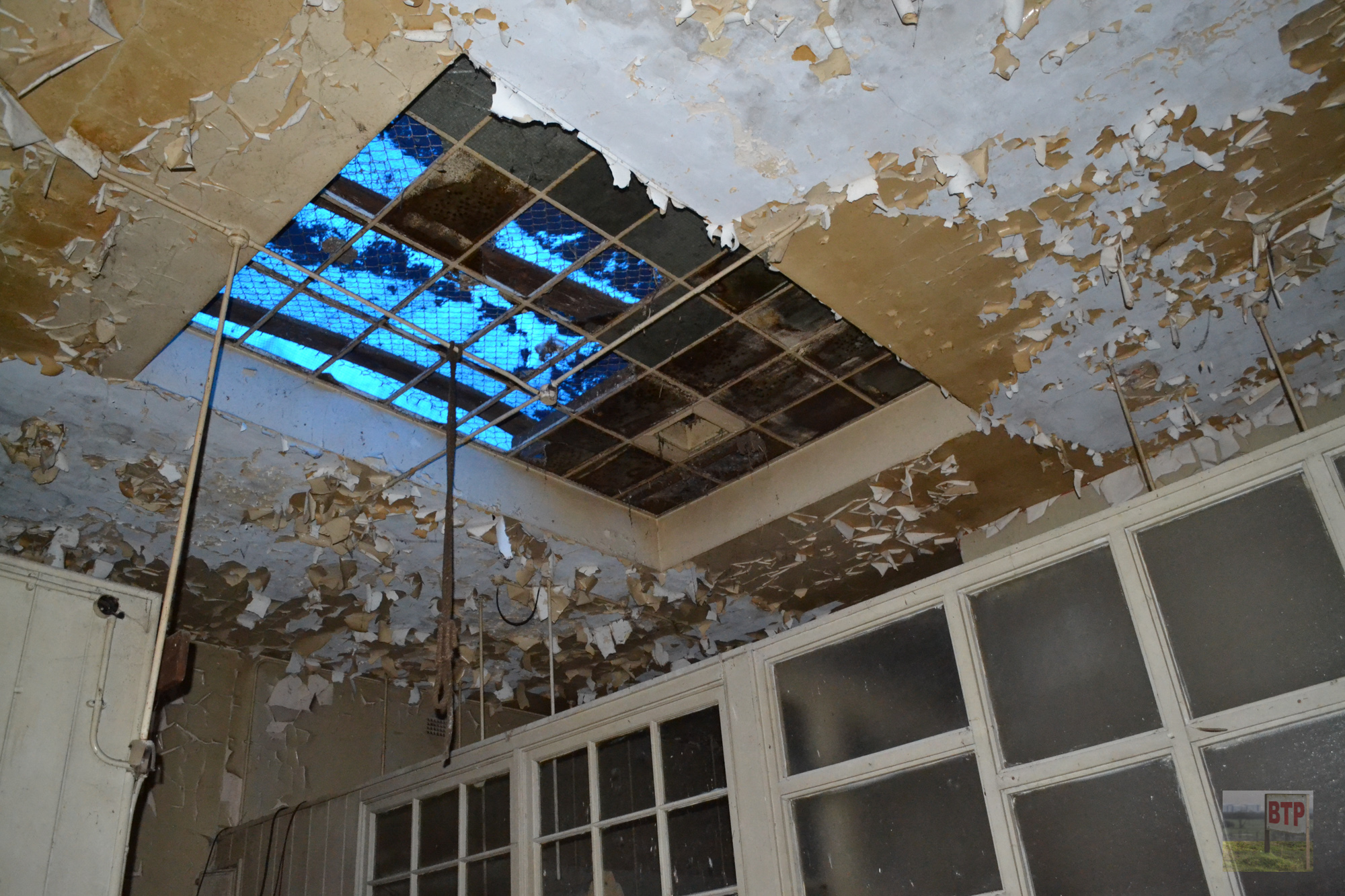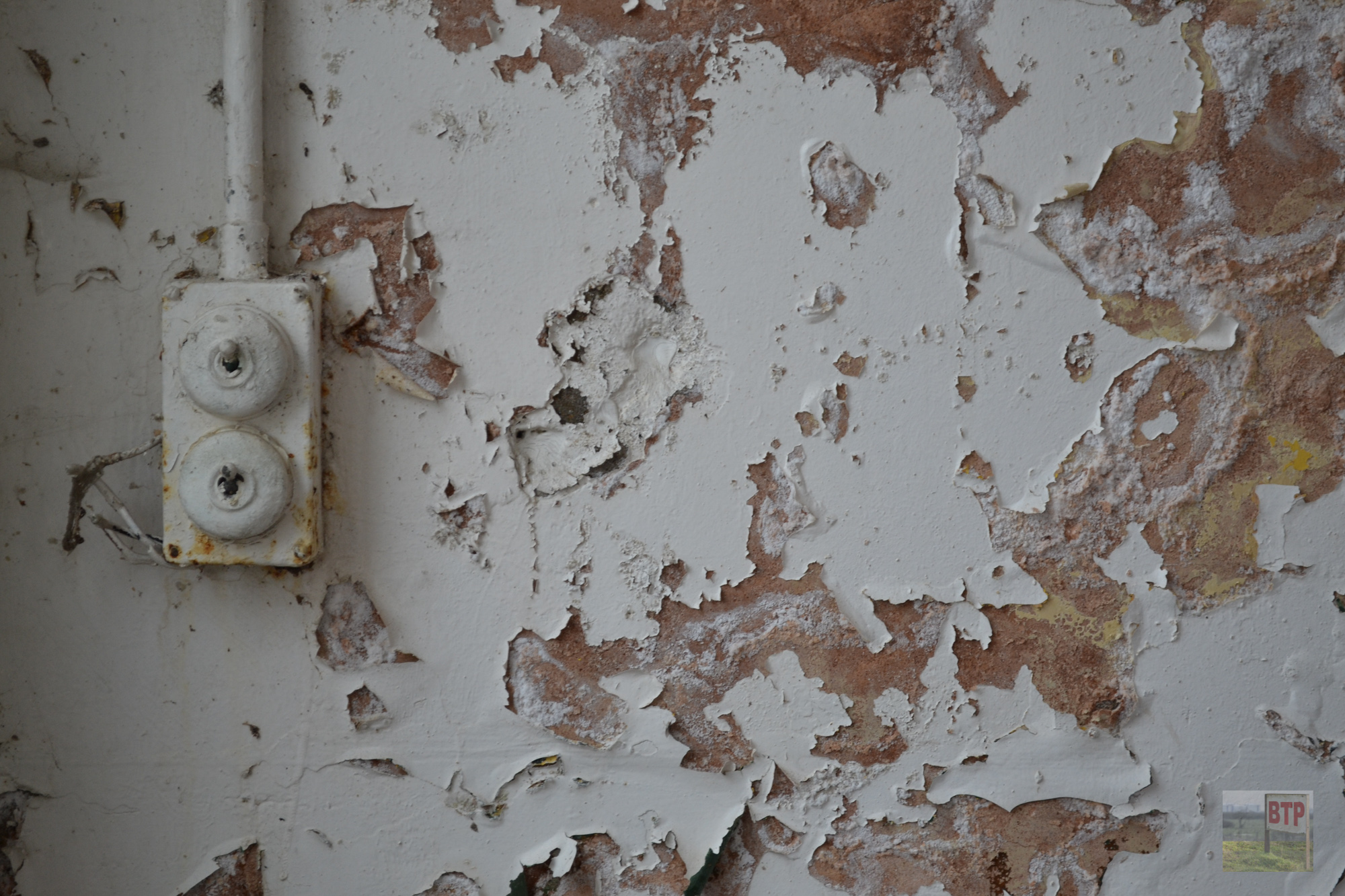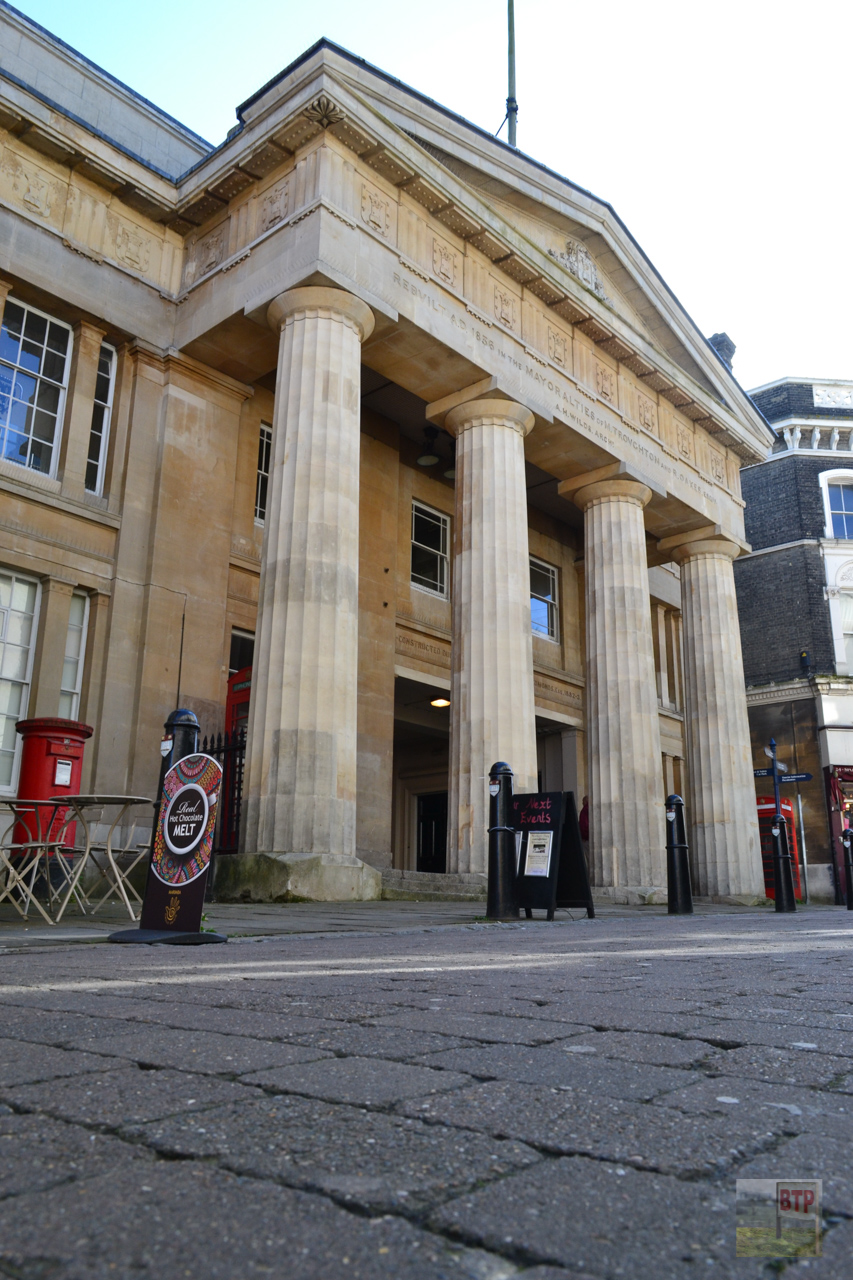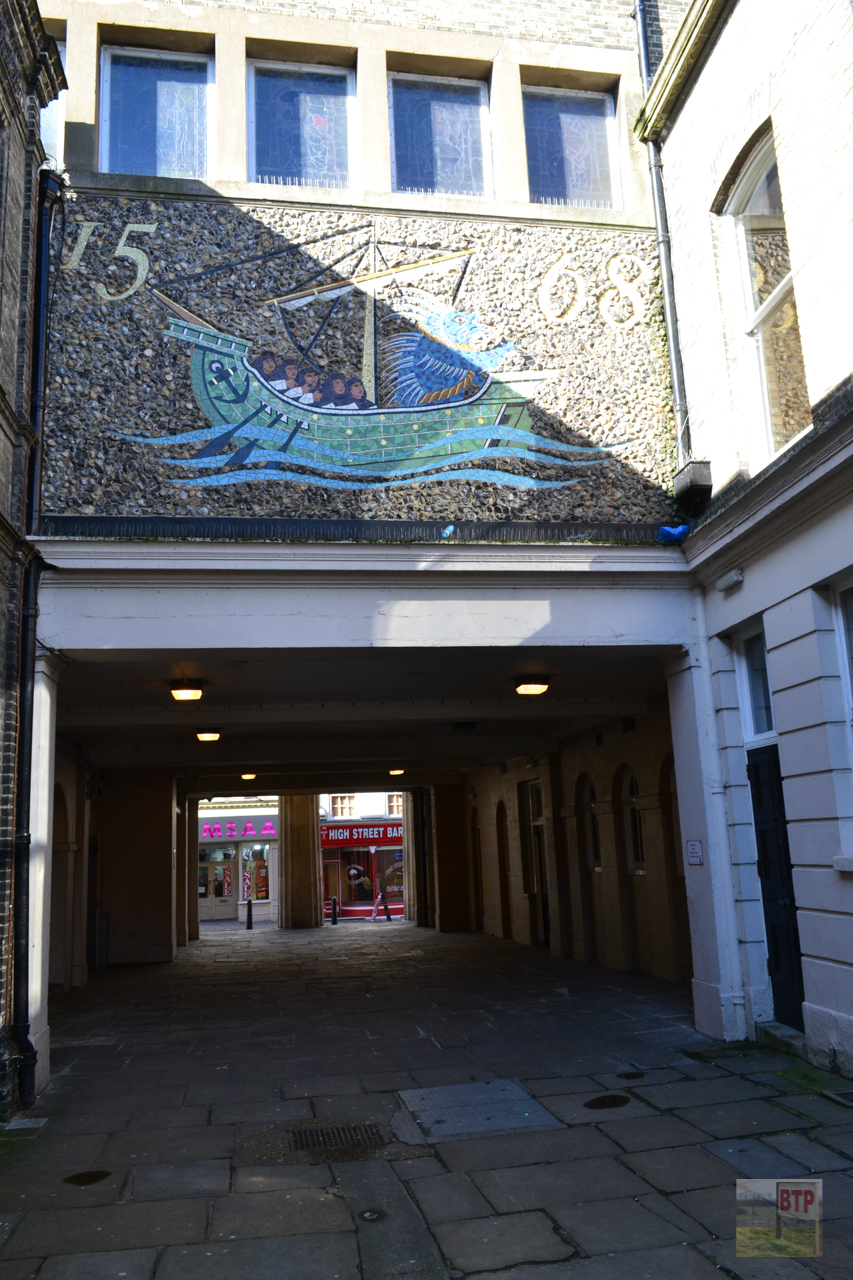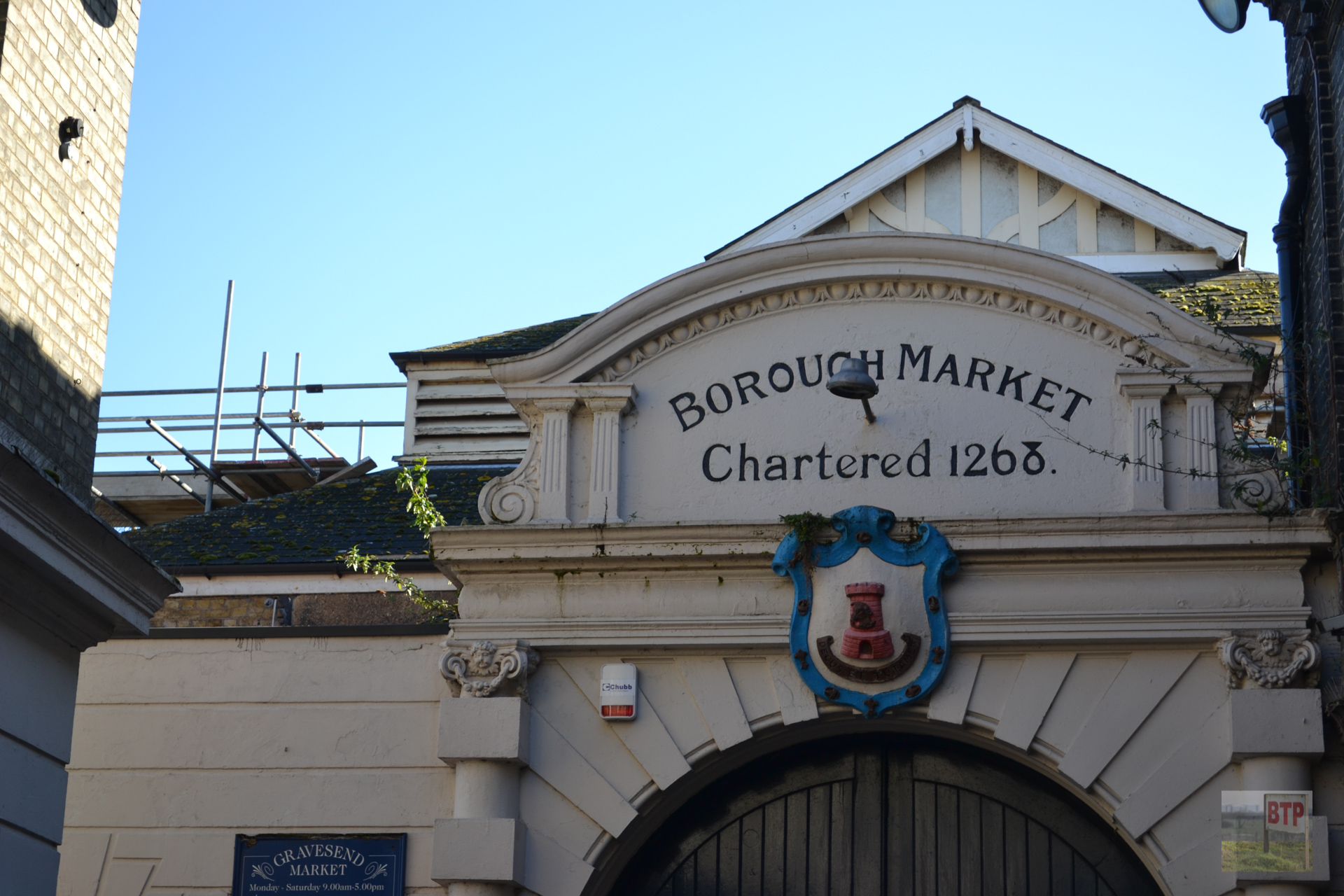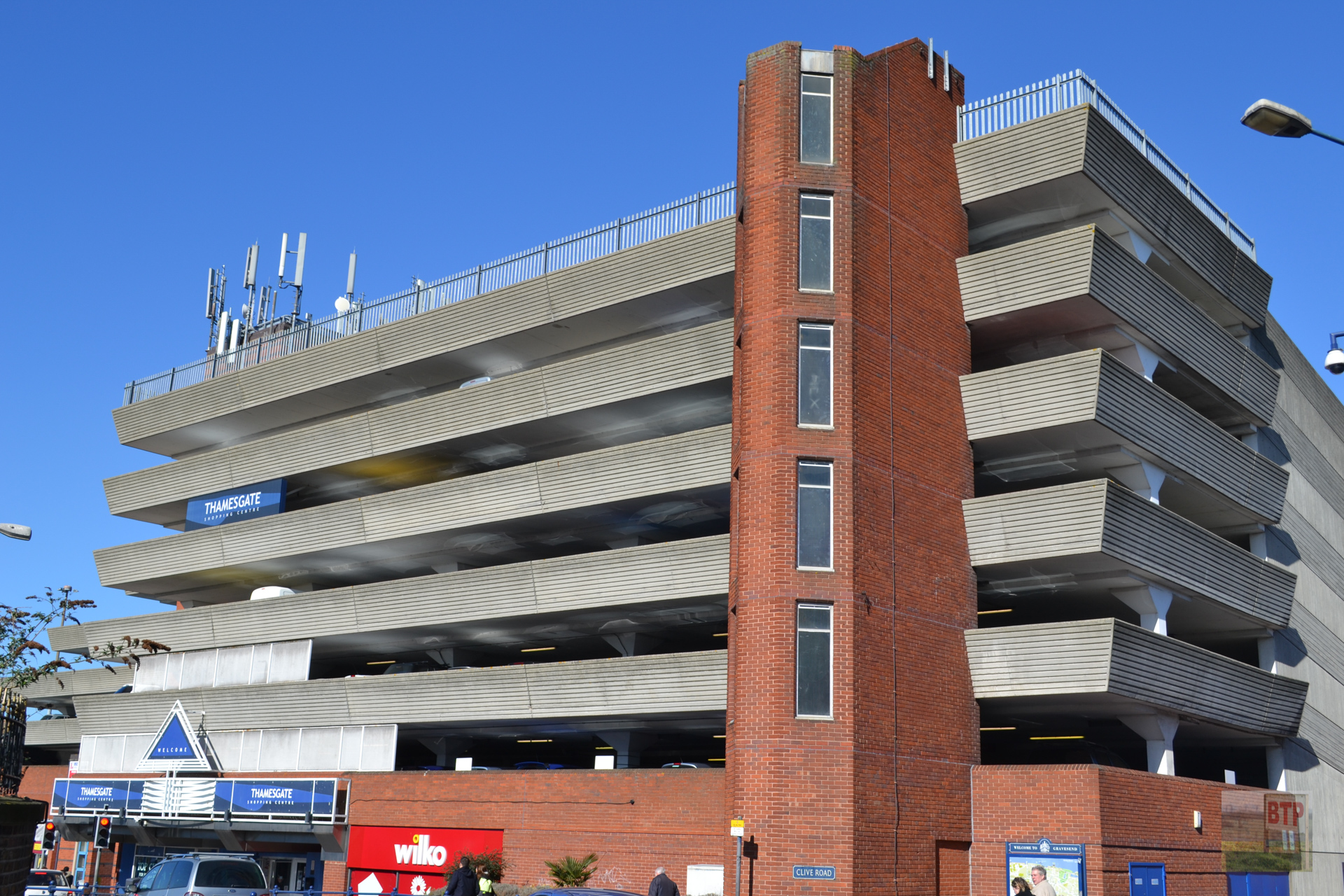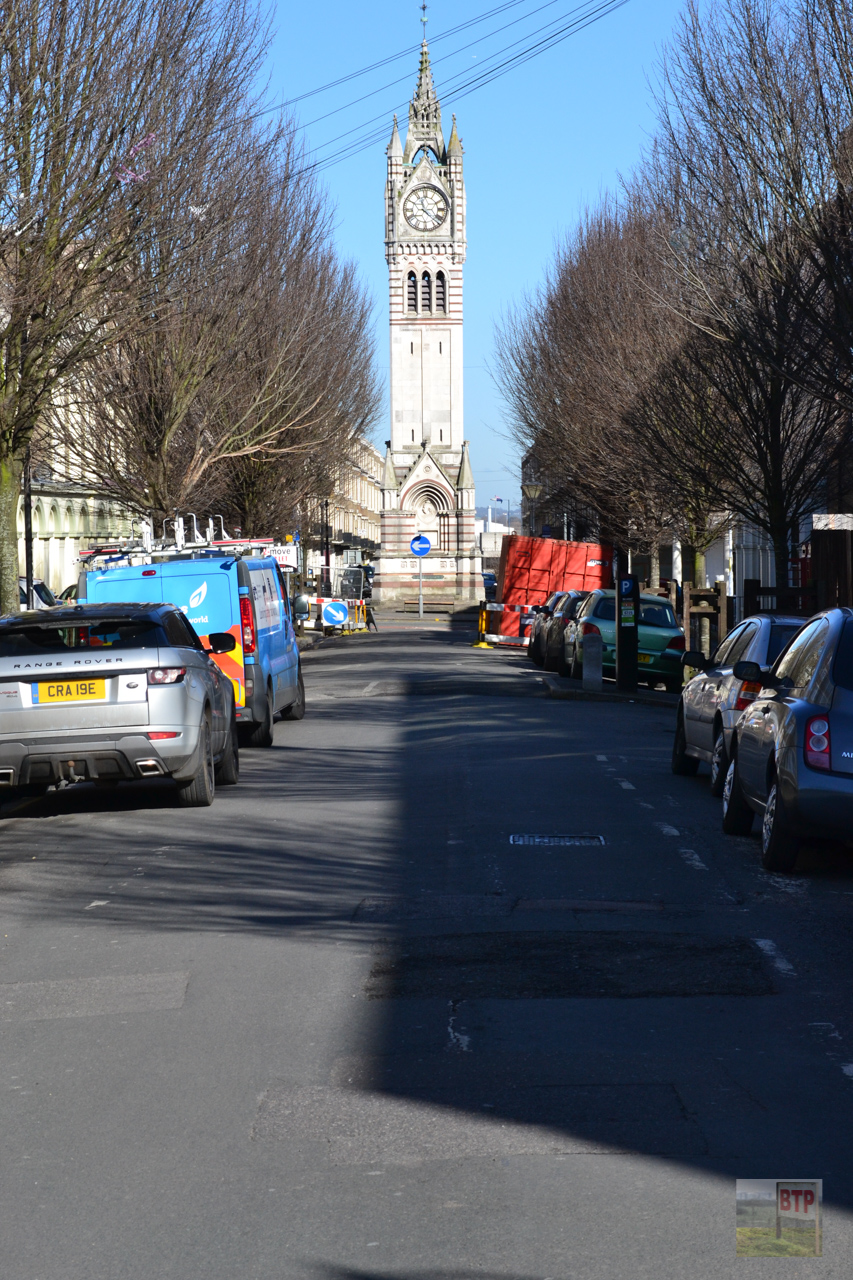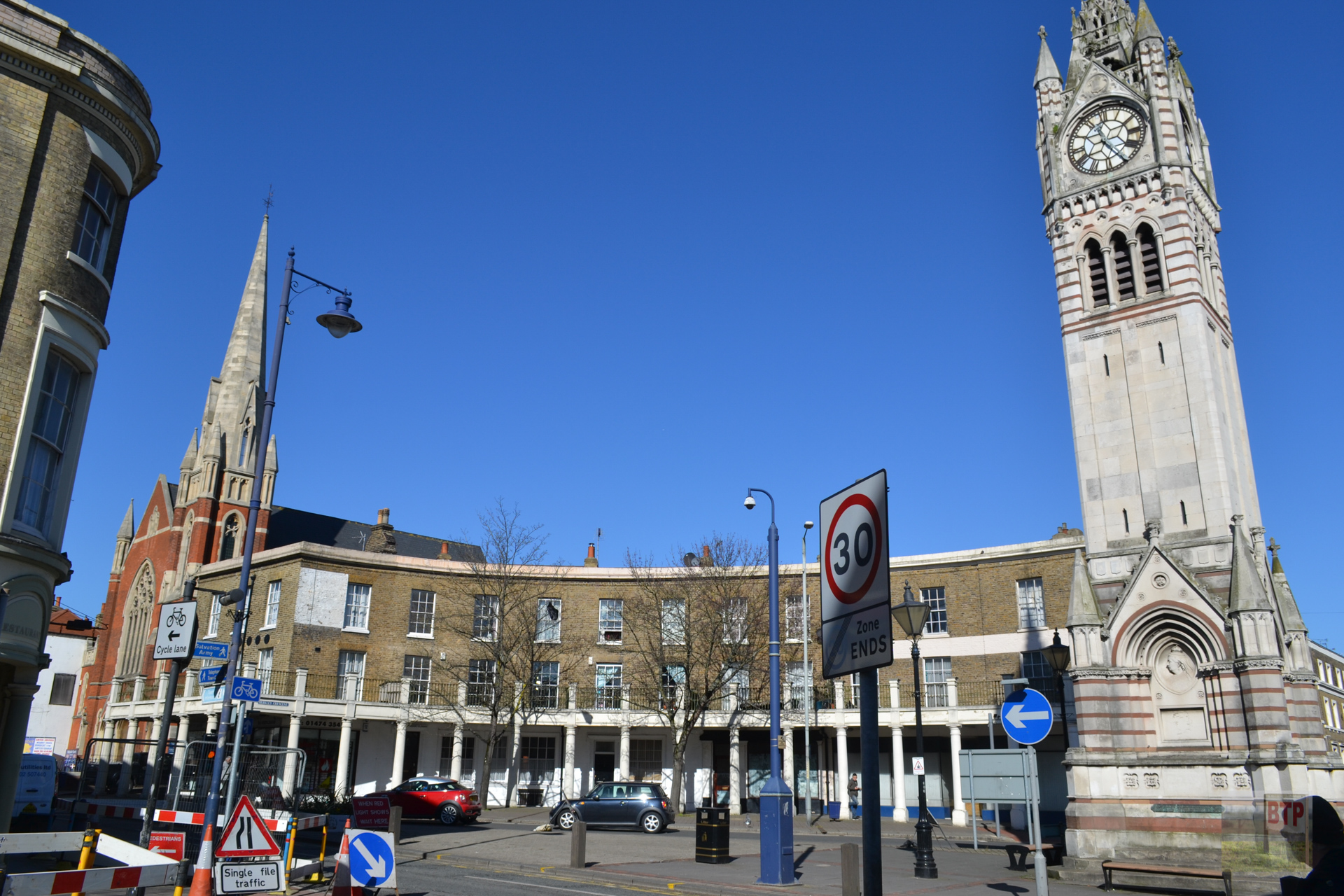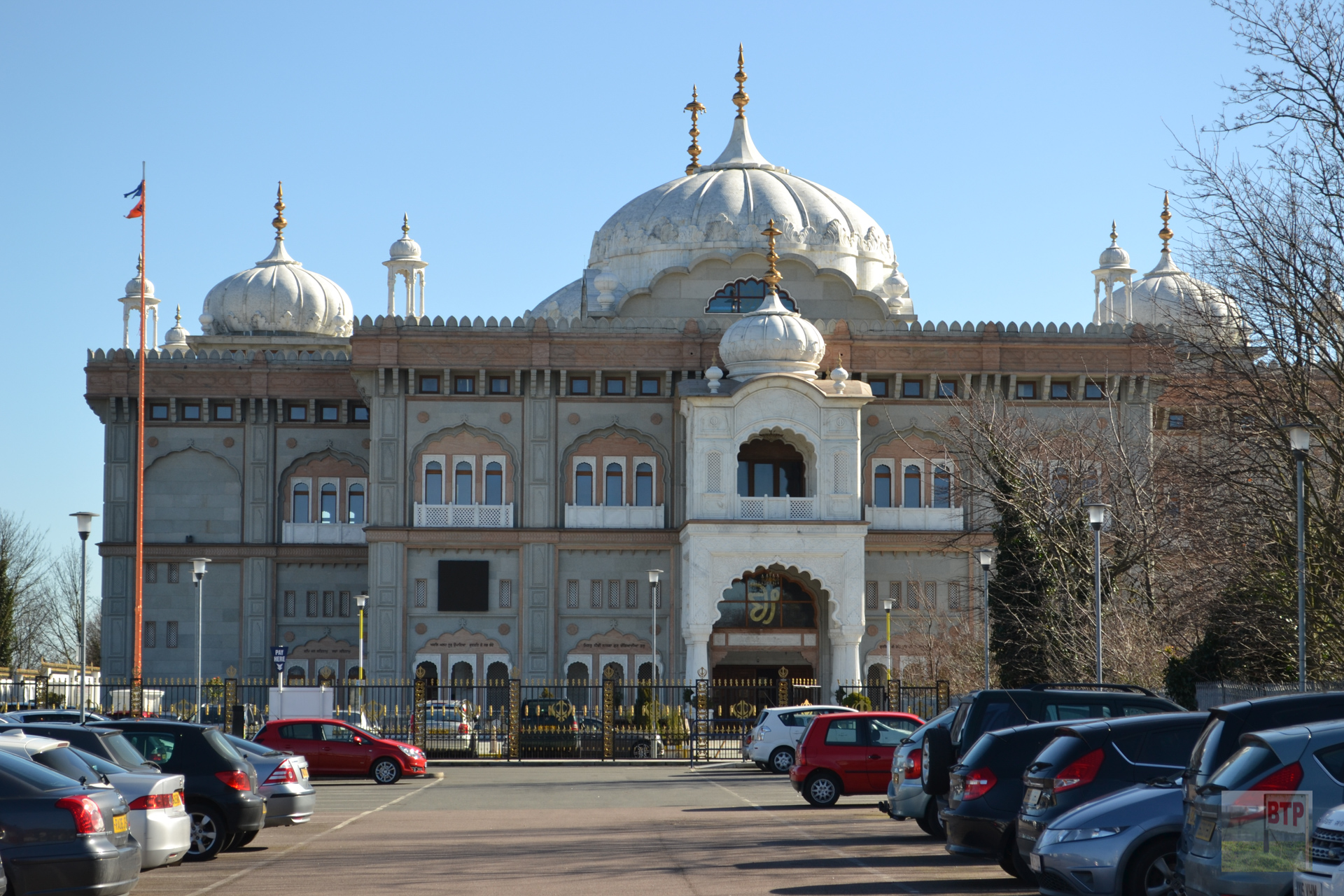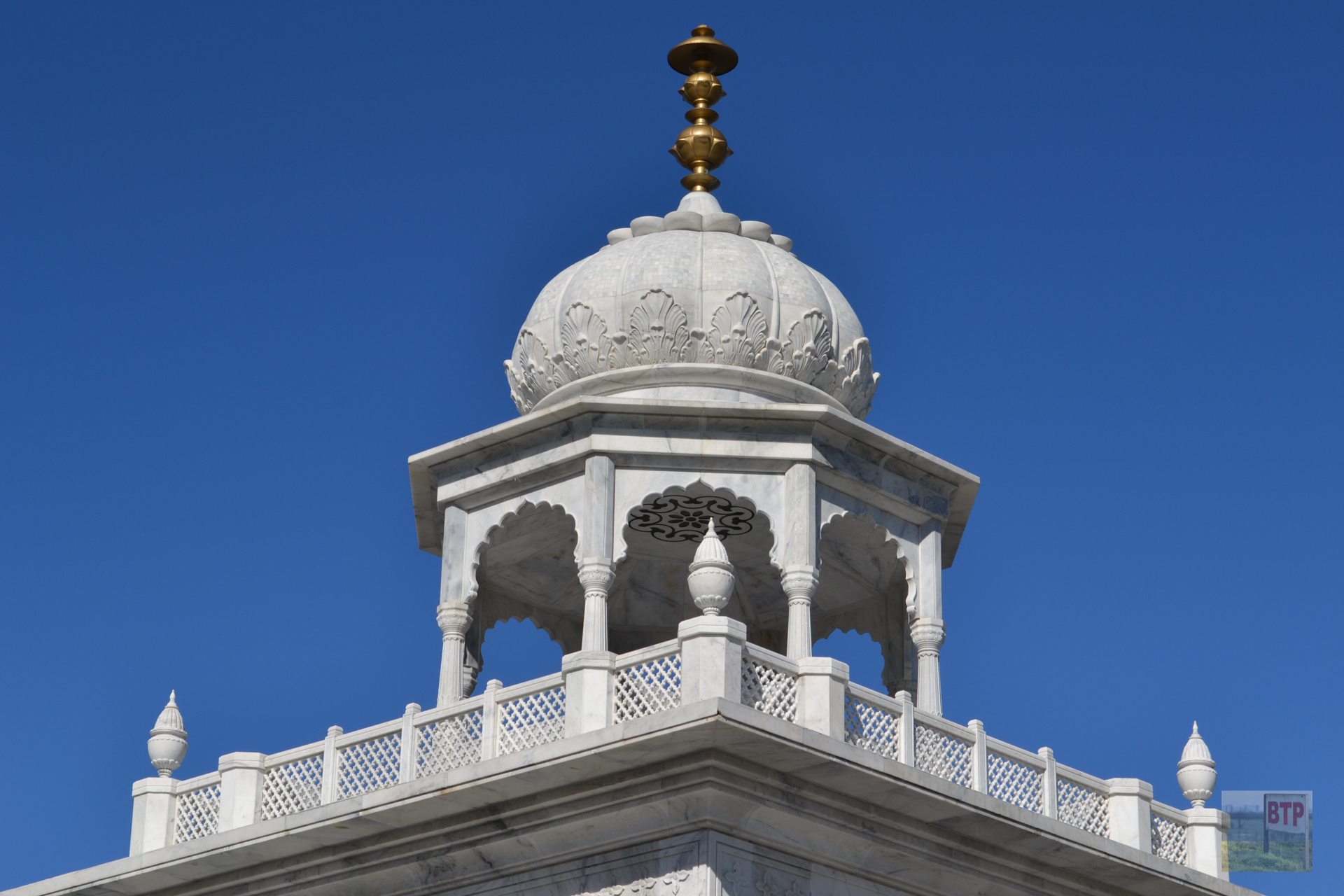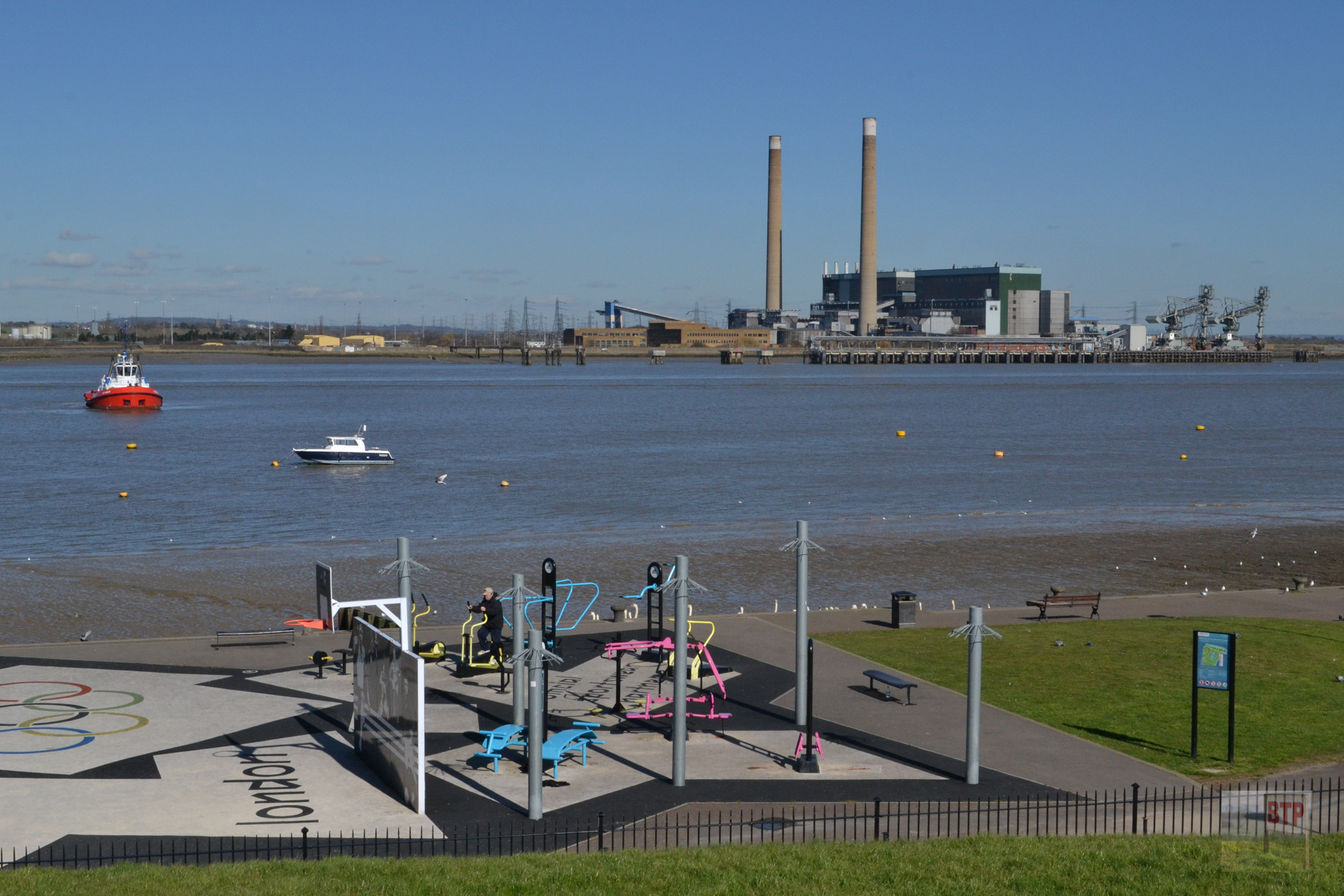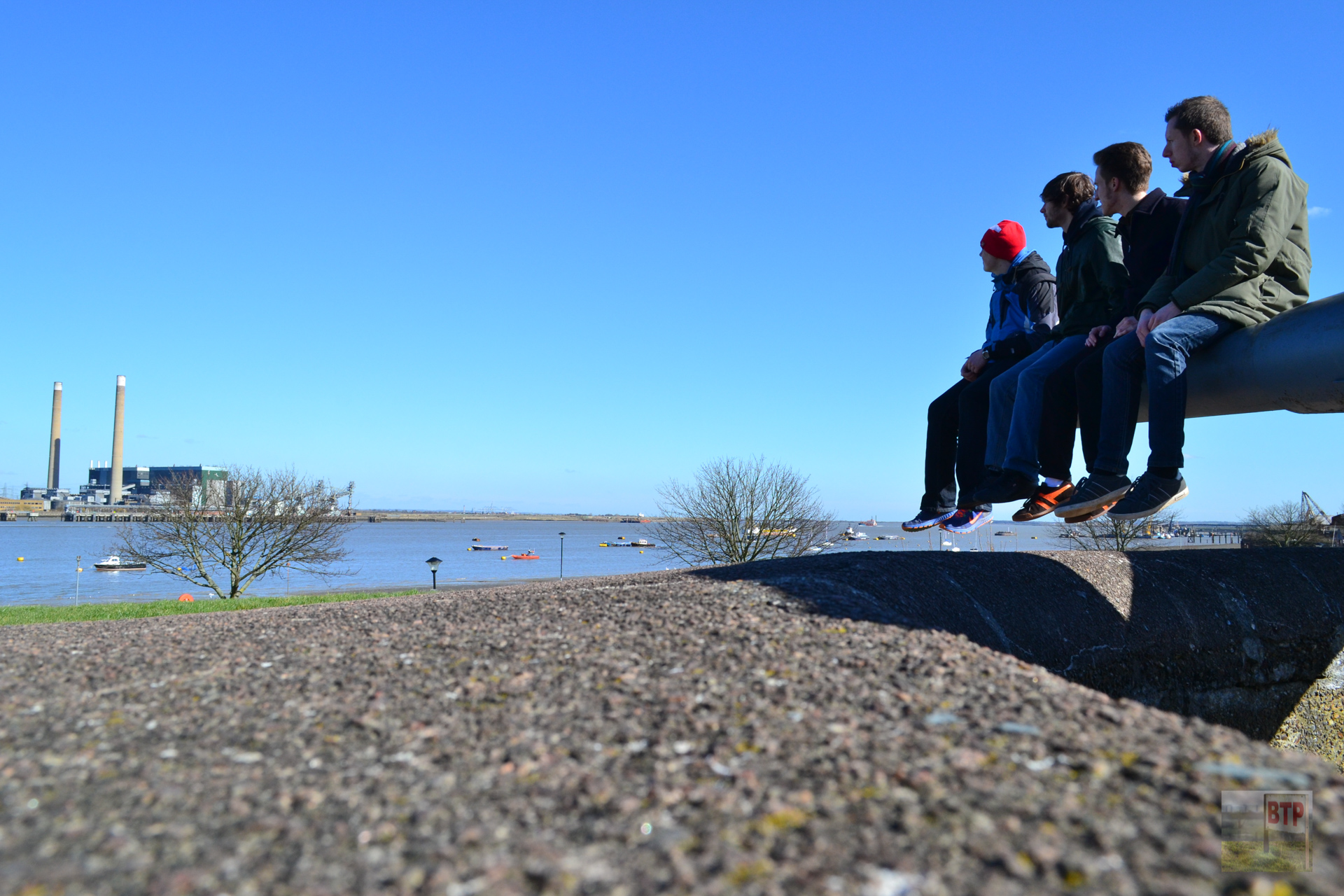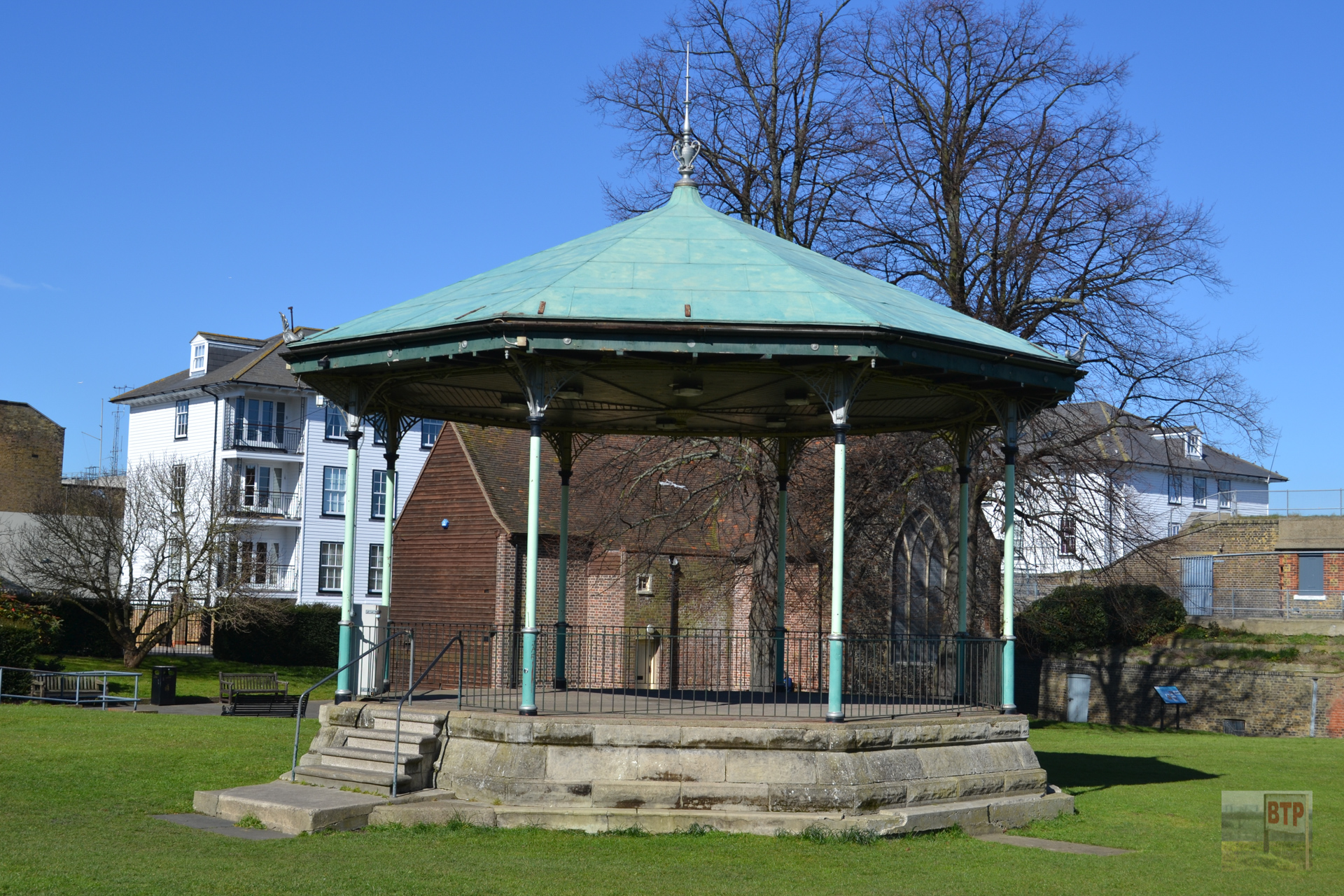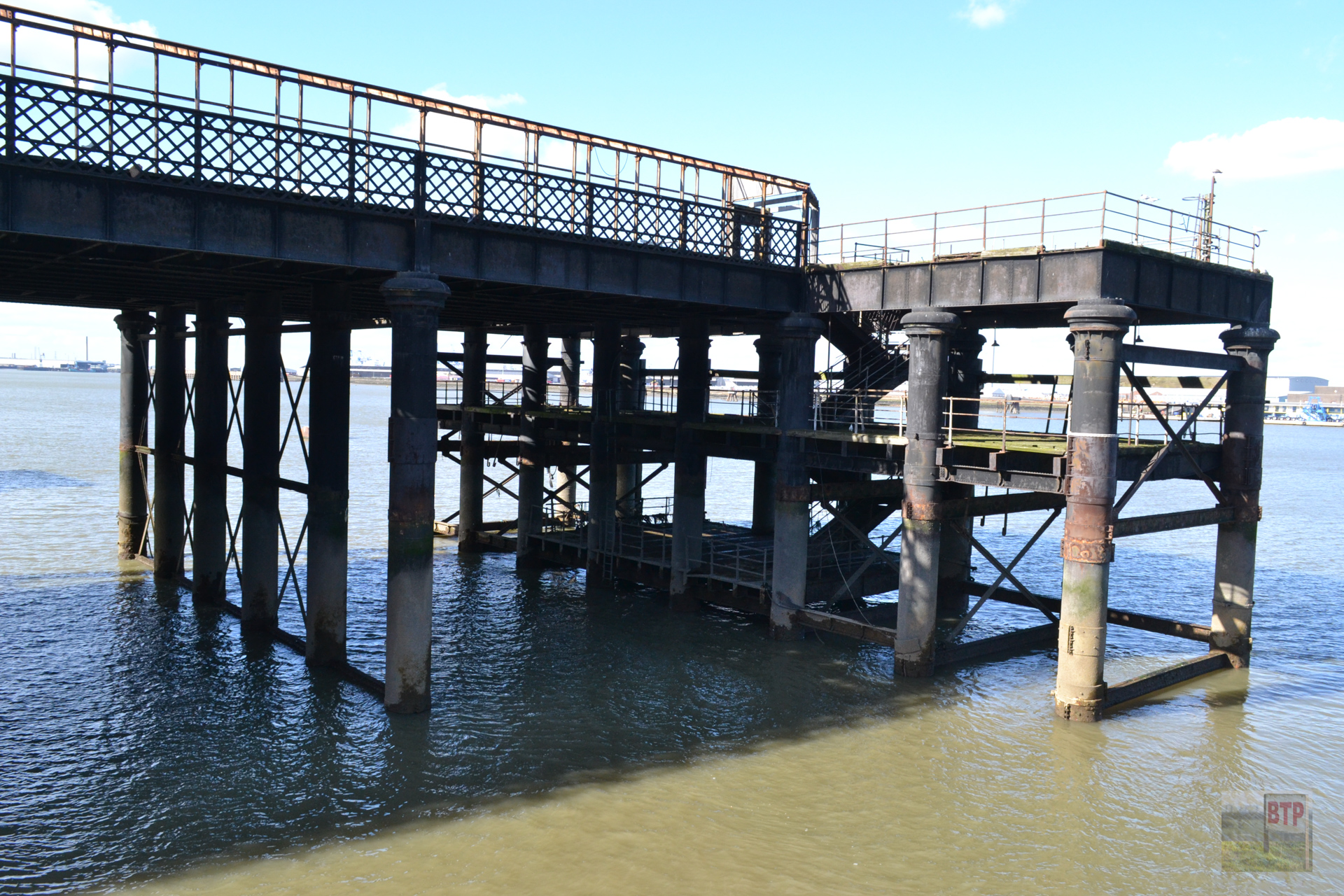On a sunny, yet brisk, weekend the BTP boys decided to head to Tilbury to catch the ferry over to Gravesend with guests Michael Clark and Jack Swestun. This 300-year old historic tradition cost us just £3 for an off-peak return. We were impressed the service – rough, ready, and no-mess, being allowed to wander to the helm of the ferry outside, or even sit on a large table inside that looked as if it was for a huge pirate map. It’s great to think transport like this still exists for the public. Once we arrived at the historic town of Gravesend, we explored the area, quite amazed by the white marble Sikh Gurdwara. We also stopped by at Newtavern Fort and the Heritage Quarter before heading onto Shornemead Fort.
History
There were many ferries crossing the Thames in the area around Tilbury. The principal ferry operated between West Tilbury and Gravesend and was under the ownership of the Lord of the Manor of Parrock in Milton-next-Gravesend (the parish of Milton and Gravesend combined). There is some evidence to suggest that the ferry was used for transport of animals and wool rather than just people as it is today. Part of the reasoning behind this was the long-established Gravesend market which encouraged the transportation of goods which could be supply by using smaller boats. The rights to the Gravesend–Tilbury ferry were purchased by Gravesend Town Council in 1694 and at the same time the governor of Tilbury Fort obtained the right to a ferry in the opposite direction which originally operated within the fort but was later moved to where the current World’s End pub is. Sailing and rowing boats operated between Gravesend and Tilbury until they were replaced by a steam ferry service in 1855.
In 1852, authorisation was given to the London, Tilbury and Southend Railway (LTS) to operate a ferry for its own passengers. In 1862, the LTS also purchased the Gravesend Town Council ferry and the Board of Ordinance ferry. They continued to operate both until as recently as the 1970’s. Car ferries were introduced in 1927 although stopped following the opening of the Dartford Tunnel. The service was taken over by White Horse Ferries Limited in 1991 and it was transferred to their Southampton Water service four years later.
Today the ferry is currently operated by the Lower Thames and Medway Passenger Boat Company and runs every 30 minutes between 6 am and 7 pm. The ferry operation is subsidised by both Thurrock Council and Kent County Council.
Tilbury’s Old Ferry Terminal
The London Cruise Terminal, as it is known, is London’s only deep water purpose-built cruise facility, situated just 22 nautical miles down river from Tower Bridge. One of the shipping lines using the docks was the P&O. Tilbury became the only port within the PLA remits, to serve cruise liners when it first open berths specifically for P&O cruise liners in 1916. With the need for expanded facilities, a large new passenger landing stage was constructed in the Thames by the PLA and the London Midland and Scottish Railway, with rail connections. It was opened in May 1930 by Ramsay MacDonald, Britain’s first Labour Prime Minister. Tilbury operated as London’s cruise terminal until the 1960s. The passenger landing stage was reopened in 1995, although no longer served the railway. And a fun fact – Tilbury Dock was actually used in Indiana Jones and the Last Crusade. The port was used for boat chase scene, set in Venice.

